Article Summary: Historic Sites In Pennsylvania
Historic Sites In Pennsylvania. More Than Just Parks has 15 incredible must-see sites for you.
I’ve been to so many of these amazing places since retiring from teaching in 2018. Did I mention that I taught history? I spent a lifetime teaching about the history behind these momentous sites. Then I got to see them firsthand. And now I’m sharing the stories of these incredible places with you. It doesn’t get any better than that!
I’m going to give you my list of the Top 15 Historic Sites in Pennsylvania that you’ll want to see. These are our top 10 sites which we will provide in reverse order. We’ve got amazing monuments, fascinating exhibits, historic museums, legendary battlefields and so much more.
To be clear, this list includes national park sites (as in sites managed by the National Park Service) as opposed to national parks. It also includes sites that are not a part of the national park service system. After all, we’re more than just parks!
Table Of Contents: Historic Sites In Pennsylvania
Helpful Guides to Pennsylvania Historic Sites
If you are planning to make the trip to the Keystone State than I recommend that you bring along two wonderful resources which will help you maximize your time while you’re there. The Great Book of Pennsylvania: The Crazy History of Pennsylvania with Amazing Random Facts & Trivia by Bill O’Neill is a great way to get acquainted with this fascinating state.
I would also pick up Pennsylvania Bucket List: Trip Planner: List your 75 things to do in Pennsylvania! by Leon Byrns. It’s a great resource which is chock full of ideas for other things you might be interested in doing.
Without further ado, let’s dive in.
Top 15 Historic Sites In Pennsylvania
15. Duquesne Incline
We kick off the Top 15 Historic Sites In Pennsylvania with a place that’s had its share of ups and downs. At #15 it’s the Duquesne Incline.
The Duquesne Incline is a funicular railway located in the city of Pittsburgh, Pennsylvania. It was originally built in 1877 by Samuel Diescher, a German immigrant who was inspired by the cable cars he had seen in his homeland. The purpose of the incline was to transport people and goods up and down the steep slope of Mount Washington, which overlooks the city of Pittsburgh.
The incline was initially powered by steam engines, but in 1884 it was converted to electricity, making it the first electric incline in the world. The incline was an immediate success, and it quickly became a popular mode of transportation for commuters, tourists, and sightseers.
The Site Has Undergone Changes & Renovations
Over the years, the Duquesne Incline has undergone several changes and renovations. In 1935, it was extensively refurbished and modernized, with the addition of new cars and improved infrastructure. In 1962, the incline was closed for several months for additional renovations, including the installation of a new braking system and other safety upgrades.
Despite its long and storied history, the Duquesne Incline has not been without its challenges. In the mid-20th century, the rise of automobiles and the decline of the city’s steel industry led to a decrease in ridership, and the incline fell into disrepair. However, a group of local residents and historians formed the Duquesne Incline Preservation Society in 1963, and they worked to restore and preserve the incline for future generations.
Today, the Duquesne Incline is still in operation, and it remains a popular tourist attraction in Pittsburgh. Visitors can ride the incline to the top of Mount Washington and enjoy spectacular views of the city skyline and the surrounding area. The incline is also a designated National Historic Landmark and is listed on the National Register of Historic Places.
14. Fort Ligonier
We move from a place that’s definitely had its share of ups and downs to one which is filled with military history. At #14 on our list of the Best Historic Sites In Pennsylvania is Fort Ligonier.
The site is named after Sir John Ligonier, a British military commander, who was instrumental in the construction of the fort.
The history of Fort Ligonier dates back to the mid-18th century, during the French and Indian War. In 1756, the British government authorized the construction of a fort in the area to protect the western frontier from French and Native American attacks. The fort was strategically located at the headwaters of the Ohio River, and was intended to serve as a supply depot for British forces in the Ohio Valley.
Construction of the fort began in September 1758, under the direction of Colonel Henry Bouquet. The fort was designed to be a bastioned fortification, with four diamond-shaped bastions and a curtain wall surrounding a central courtyard. The fort was completed in November 1758, and was named Fort Ligonier in honor of Sir John Ligonier.
The Fort Played A Significant Role In The French & Indian War
Fort Ligonier played a significant role in the French and Indian War, particularly during the Battle of Fort Ligonier in October 1758. During the battle, a force of 1,500 French and Native American soldiers attacked the fort, but were repelled by a smaller force of British soldiers and militiamen. The battle was a crucial victory for the British, and helped to secure their control of the Ohio Valley.
After the French and Indian War, Fort Ligonier continued to serve as a military outpost and supply depot. During the American Revolution, the fort was briefly occupied by Continental Army forces, but was soon abandoned.
Today, Fort Ligonier is a popular tourist destination and a National Historic Landmark. The site includes a museum, which features exhibits on the French and Indian War and the history of the fort. Visitors can also tour the fortifications and see reenactments of historical events.
13. Erie Maritime Museum
Pennsylvania is a beautiful state which features some amazing historic sites. If you prefer the sea to the land and the Great Lakes to other regions of the country in particular then our next site is one you’ll definitely enjoy. At #13 on our list of the Best Historic Sites In Pennsylvania is the Erie Maritime Museum.
The Erie Maritime Museum is dedicated to preserving the maritime history of the Great Lakes region. The museum’s centerpiece is the US Brig Niagara, a replica of the ship that played a significant role in the Battle of Lake Erie during the War of 1812.
The history of the Erie Maritime Museum begins with the construction of the US Brig Niagara. The original Niagara was built in 1813 as part of a fleet of ships commanded by Commodore Oliver Hazard Perry.
During the Battle of Lake Erie on September 10, 1813, Perry’s fleet defeated a British fleet, securing control of the Great Lakes for the United States. The Niagara played a crucial role in the battle, and Perry famously transferred his flag from his disabled flagship to the Niagara during the fight.
The City Built A Replica Of The Niagara
In 1913, the city of Erie decided to build a replica of the Niagara as part of the centennial celebrations of the Battle of Lake Erie. The replica was completed in 1917, and was used as a training ship for the United States Naval Reserve during World War I.
In the 1930s, the Niagara was used for promotional purposes by the city of Erie and by the Works Progress Administration. During World War II, the ship was used as a training vessel by the United States Coast Guard.
In 1963, the Niagara was given to the Pennsylvania Historical and Museum Commission, which began a major restoration effort to return the ship to its 1813 appearance. The restored Niagara was launched in 1988, and has since sailed on numerous voyages to ports around the Great Lakes and beyond.
In 1992, the Erie Maritime Museum was opened to the public, with the Niagara as its centerpiece. The museum features exhibits on the history of the Niagara, the Battle of Lake Erie, and the maritime history of the Great Lakes region. Visitors can also tour the Niagara and see reenactments of historical events.
The Erie Maritime Museum is a popular destination for tourists and history enthusiasts, and is recognized as a National Historic Landmark.
12. Washington Crossing Historic Park
We’re back on land for our next historic site which comes in at #12. It’s Washington Crossing Historic Park, which is located in Washington Crossing, Pennsylvania.
The park’s history dates back to the early 19th century, when the property was purchased by the Commonwealth of Pennsylvania in 1815 to preserve the site of Washington’s crossing. The park was officially dedicated in 1917, and a bridge was constructed to replace the original ferry crossing.
During World War II, the park was used as a training ground for soldiers, and a replica of Washington’s Durham boat was built for use in the war effort. In the 1950s, the park was designated a National Historic Landmark, and efforts were made to restore the park to its original state.
In the 1970s, the park underwent a major renovation, with the construction of a visitor center and museum, the restoration of the historic village of Taylorsville, and the acquisition of additional land for preservation.
Today, Washington Crossing Historic Park is a popular destination for visitors and history enthusiasts, offering a variety of educational programs and events throughout the year, including reenactments of Washington’s crossing, walking tours, and special exhibits.
The park also features a number of hiking and biking trails, as well as picnic areas and other recreational facilities.
11. Johnstown Flood Museum
We go from a place which celebrates a historic water crossing to a place where water played a far deadlier role. At #11 on our list of the Best Historic Sites In Pennsylvania is the Johnstown Flood Museum.
The Johnstown Flood Museum commemorates the devastating flood that occurred on May 31, 1889, when a dam holding back a reservoir of water above the town burst, causing a catastrophic flood that killed more than 2,200 people.
The museum’s history dates back to 1926, when the Cambria Library Association established the Johnstown Flood Museum Association to preserve the history of the flood and the town’s recovery. The association began collecting artifacts and memorabilia related to the flood and raising funds to build a museum.
In 1929, the museum opened in the former Cambria Public Library building, which had been renovated and expanded to house the museum’s growing collection. The museum featured exhibits on the history of Johnstown, the flood itself, and the recovery and rebuilding efforts that followed.
The Museum Has Continued To Expand & Update Its Exhibits
Over the years, the museum continued to expand and update its exhibits, incorporating new technology and interactive displays to engage visitors and educate them about the tragedy of the flood and its impact on the community.
In 1973, the Johnstown Flood Museum was designated a National Historic Landmark, recognizing its significance as a cultural resource of national importance.
Today, the museum is part of the Johnstown Area Heritage Association, which also operates several other museums and historic sites in the area. The museum features a variety of exhibits, including artifacts, photographs, and documents related to the flood, as well as interactive displays that allow visitors to experience the power of the floodwaters firsthand.
The museum also offers educational programs and events throughout the year, including lectures, films, and guided tours.
Top 10 Historic Sites In Pennsylvania
10. Allegheny Portage Railroad National Historic Site
We’re on to our Top 10 Historic Sites In Pennsylvania beginning at #10 with a fascinating place which celebrates a different mode of transportation than that of water. At #10 is the Allegheny Portage Railroad National Historic Site.
The Allegheny Portage Railroad National Historic Site commemorates the historic portage railroad that was used to transport goods and people across the Allegheny Mountains during the mid-19th century.
The idea for the portage railroad was first proposed in the early 1800s as a way to connect Philadelphia and Pittsburgh, two of the largest cities in Pennsylvania. The Allegheny Mountains presented a formidable obstacle to transportation, with steep grades and rugged terrain making it difficult to build a road or canal.
Construction of the portage railroad began in 1831, and it was completed in 1834. The railroad consisted of a series of inclined planes and level sections, connected by canals and rail lines, that allowed boats to be lifted over the mountains and transported by rail to their destination.
The portage railroad quickly became a vital transportation link, facilitating trade and commerce between the eastern and western parts of Pennsylvania. It also played an important role in the development of the United States, helping to connect the eastern seaboard with the growing frontier.
As technology improved and railroads became more widespread, the need for the portage railroad declined, and it was eventually decommissioned in the 1850s.
The site was later designated a National Historic Site in 1964, recognizing its significance as a pioneering engineering achievement and an important chapter in American transportation history.
Things To Do At The Portage
Here are some things to do at the site:
- Visit the Visitor Center: The Visitor Center is a great place to start your visit to the site. Here you can learn about the history of the Allegheny Portage Railroad and the people who built and used it.
- Explore the Historic Railroad: Take a guided tour or hike the trails to explore the historic Allegheny Portage Railroad. You can see the Lemon House, Engine House No. 6, and the Skew Arch Bridge.
- Hike the Trails: The site has several hiking trails that offer stunning views of the surrounding mountains and forests. Some popular trails include the Staple Bend Tunnel Trail, the Allegheny Portage Railroad Trail, and the Summit Level Trail.
- Picnic: Pack a picnic lunch and enjoy a meal at one of the picnic tables on site. The picnic area is located near the Lemon House, and offers a peaceful spot to relax and enjoy the outdoors.
- Wildlife Viewing: The park is a great place for wildlife viewing. You can see a variety of birds, including bald eagles, as well as other animals like deer and black bears.
- Visit the Engine House Museum: The Engine House Museum houses several exhibits on the Allegheny Portage Railroad, including a reconstructed engine and a diorama of the summit level.
- Camping: The nearby campgrounds provide visitors with an opportunity to spend more time at the park and take in all that the surrounding wilderness has to offer.
- Boating and Fishing: The park provides access to the 3,000-acre Glendale Lake, which is perfect for boating, fishing, and kayaking.
RELATED: 15 MUST-SEE Historic Sites In Georgia
9. Hopewell Furnace National Historic Site
Our next site is definitely hot stuff. At #9 we have a place which helped to power the Industrial Revolution in Pennsylvania. It’s the Hopewell Furnace National Historic Site.
The Hopewell Furnace National Historic Site was once a thriving iron-making community during the 18th and 19th centuries.
The furnace was founded in 1771 by ironmaster Mark Bird, who recognized the potential of the area’s rich iron deposits. The furnace produced pig iron, which was then used to make a variety of iron products, including stoves, kettles, and cannons.
During the American Revolution, the furnace played an important role in supplying the Continental Army with much-needed munitions. After the war, the furnace continued to operate, and by the mid-19th century, it was one of the largest and most productive iron-making operations in the United States.
In the 1880s, the demand for iron declined, and the furnace was eventually shuttered. The site was later acquired by the federal government in the 1930s and was designated a National Historic Site in 1938, recognizing its importance as an example of early American industry and technology.
Today, visitors to the Hopewell Furnace National Historic Site can explore the restored iron-making community, which includes the furnace, ironmaster’s mansion, worker’s houses, and other buildings.
The site also features a number of interpretive exhibits and demonstrations that help visitors understand the history and technology of iron-making during the colonial and early American periods.
Additionally, the site offers a variety of educational programs and events throughout the year, including guided tours, living history demonstrations, and hands-on workshops.
8. Thaddeus Kosciuszko National Memorial
You’re probably asking yourself: Who was Thaddeus Kosciuszko? Simply put, he was a Polish patriot who helped America win its independence in the Revolutionary War. He engineered the colonial defenses in some of the war’s most crucial battles.
His story is prominently featured in the #8 site on our list of the Top 15 Historic Sites In Pennsylvania.
The Thaddeus Kosciuszko National Memorial commemorates the life and legacy of Thaddeus Kosciuszko, a Polish military leader and revolutionary who played a key role in the American Revolution.
Kosciuszko first arrived in America in 1776, and he quickly joined the Continental Army as a military engineer. He designed and constructed fortifications, bridges, and other important infrastructure, including the defenses at Saratoga, New York, which played a crucial role in the American victory over the British.
After The Revolutionary War He Went On To Fight For Polish Independence
After the war, Kosciuszko returned to Poland, where he continued to fight for independence and democracy. He played a key role in the Kosciuszko Uprising of 1794, a failed attempt to establish Polish independence from Russia and Prussia.
In 1797, Kosciuszko returned to the United States, where he was welcomed as a hero and champion of freedom. He was granted U.S. citizenship and settled in Philadelphia, where he lived for several years.
The Thaddeus Kosciuszko National Memorial was established in 1972 to commemorate Kosciuszko’s contributions to American history and his dedication to the cause of freedom and democracy. The memorial is housed in a historic townhouse in Philadelphia where Kosciuszko lived during his time in the city.
Visitors to the Thaddeus Kosciuszko National Memorial can explore the historic townhouse, which has been restored to its appearance during Kosciuszko’s time there.
The memorial also features exhibits on Kosciuszko’s life and legacy, as well as a variety of educational programs and events throughout the year, including guided tours and special exhibits.
7. Fort Necessity National Battlefield
We move on from the story of a Polish patriot who helped America to win its independence to the story military fort once occupied by none other than the man who became synonymous with American Independence. At #7 on our list of the Best Historic Sites In Pennsylvania is Fort Necessity National Battlefield.
Fort Necessity National Battlefield commemorates the first battle of the French and Indian War, fought in 1754 between British and French forces.
In 1753, the French began to build a series of forts along the Ohio River, which the British claimed as part of their territory. The British responded by sending an expedition to the area led by a young George Washington, who at the time was a colonel in the Virginia militia.
In May 1754, Washington and his troops clashed with a French detachment near what is now Fort Necessity National Battlefield. The battle lasted several hours and resulted in heavy casualties on both sides, with Washington eventually surrendering to the French.
George Washington At Fort Necessity
Following the battle, Washington and his troops retreated to a nearby meadow where they built a small fortification that they called Fort Necessity. The French attacked the fort the following day, and after a long and grueling battle, Washington was forced to surrender once again.
The events at Fort Necessity were a significant precursor to the French and Indian War, which would continue for several more years and ultimately result in British victory and the ceding of much of the Ohio Valley to the British.
The site of Fort Necessity was later acquired by the federal government and designated a National Battlefield in 1931, recognizing its importance as a significant moment in American history.
Today, visitors to Fort Necessity National Battlefield can explore the reconstructed fortification and other historic structures, as well as enjoy a variety of educational programs and interpretive exhibits that help tell the story of this important moment in American history.
6. Edgar Allen Poe National Historic Site
We continue our list of the Best Historic Sites In Pennsylvania. At #6 on our list we have a site which celebrates one of the greatest American writers of all time. It’s the Edgar Allen Poe National Historic Site.
The Edgar Allan Poe National Historic Site is dedicated to preserving the legacy of one of America’s most celebrated and enigmatic writers, Edgar Allan Poe.
Poe lived in the house that is now the site from 1843 to 1844, during which time he wrote some of his most famous works, including “The Black Cat,” “The Tell-Tale Heart,” and “The Gold Bug.”
The house was originally built in 1836 by a wealthy businessman named Charles Peterson, and Poe rented a room on the second floor while he lived there.
After Poe’s death in 1849, the house passed through several different owners before it was eventually acquired by the city of Philadelphia in the 1960s.
In 1978, the house was designated a National Historic Site, recognizing its importance as a literary landmark and a rare surviving example of urban domestic architecture from the mid-19th century.
Today, visitors to the Edgar Allan Poe National Historic Site can explore the house where Poe lived and worked, which has been restored to its appearance during his time there.
The site also features exhibits on Poe’s life and work, as well as a variety of educational programs and events throughout the year, including guided tours and special exhibits.
Top 5 Historic Sites In Pennsylvania
5. Flight 93 National Memorial
We’re on to the Top 5 Historic Sites In Pennsylvania. At #5 is a place which commemorates one of the deadliest attacks in American history and the brave people who gave their lives in the cause of freedom. It’s the Flight 93 National Memorial.
The Flight 93 National Memorial is was established to commemorate the events of September 11, 2001, when United Airlines Flight 93 was hijacked by terrorists and crashed into a field in rural Pennsylvania.
On the morning of September 11, 2001, four commercial airliners were hijacked by terrorists affiliated with the Islamic extremist group al-Qaeda. Two of the planes were flown into the Twin Towers of the World Trade Center in New York City, while a third was flown into the Pentagon in Arlington, Virginia.
The passengers on the fourth plane, Flight 93, learned of the attacks on the other planes through phone calls and decided to take action against the hijackers. The plane ultimately crashed into a field in Somerset County, Pennsylvania, killing all 44 people on board.
The site of the crash quickly became a makeshift memorial, with people leaving flowers, flags, and other tributes in honor of the passengers and crew of Flight 93. The National Park Service took over management of the site in 2002, and in 2009, construction began on the Flight 93 National Memorial.
Today, the memorial includes a Visitor Center and Museum, the Wall of Names, a 40-ton boulder that marks the crash site, and other features that honor the bravery and sacrifice of the passengers and crew of Flight 93.
4. Eisenhower National Historic Site
We’re on to the “Final Four” on our list of the Best Historic Sites In Pennsylvania. At #4 is a site which celebrates the life and legacy of one of America’s greatest military heroes who also happened to be the 34th President of the United States. It’s the Eisenhower National Historic Site.
The Eisenhower National Historic Site is located near Gettysburg, Pennsylvania and is dedicated to preserving the legacy of Dwight D. Eisenhower, the 34th President of the United States. The site includes Eisenhower’s former home and farm, as well as extensive grounds and gardens.
Eisenhower purchased the farm in 1950, while he was serving as President of Columbia University, and used it as a retreat during his presidency and beyond.
Eisenhower was an avid outdoorsman and enjoyed working on the farm, which he referred to as his “hobby.” The farm was also a place where Eisenhower entertained world leaders and other important figures, including British Prime Minister Winston Churchill.
After Eisenhower’s death in 1969, the farm was transferred to the National Park Service and designated a National Historic Site.
Today, visitors to the site can explore the house and farm, which have been preserved to their appearance during Eisenhower’s time there.
The site also includes a Visitor Center and Museum, which features exhibits on Eisenhower’s life and career, as well as educational programs and events throughout the year.
3. Valley Forge National Historical Park
For our final three historic sites, we have selected three places which were an integral part of the American story. At #3 is the first of these places which served as a proving ground for the Continental Army as it did battle against the most powerful nation on the earth.
It’s Valley Forge National Historical Park.
On December 19th, 1777, 12,000 soldiers and 400 women and children marched into Valley Forge and began to build what essentially became the fourth largest city in the colonies at the time, with 1,500 log huts and two miles of fortifications.
It was where the American Continental Army made camp during the winter of 1777-1778. It was here that the American forces became a true fighting unit. Valley Forge is often called the birthplace of the American Army.
Things To Do At Valley Forge
Here are some of the top things to do at Valley Forge National Historical Park:
- Explore the Park’s History: The park is a significant historical site where George Washington and his troops camped during the American Revolutionary War. You can explore the park’s history by visiting the encampment site, the Washington’s Headquarters, and the Valley Forge Visitor Center.
- Hiking and Biking Trails: Valley Forge National Historical Park has over 30 miles of hiking and biking trails, which offer breathtaking views of the park’s natural beauty. You can enjoy walking or biking on these trails and explore the park’s different terrains.
- Picnicking: The park has several picnic areas where you can relax and enjoy a picnic with your friends or family. There are picnic tables, grills, and scenic views of the park.
- Bird Watching: Valley Forge National Historical Park is a haven for birdwatchers. The park has over 225 bird species, making it a perfect destination for bird watching. Bring binoculars and a field guide and see how many birds you can spot.
- Fishing: The park has several streams and ponds where you can fish. You can catch a variety of fish, including trout, bass, and catfish.
- Horseback Riding: The park has over 15 miles of horseback riding trails, which are perfect for horse enthusiasts. You can bring your own horse or rent one from a nearby stable.
- Ranger-Led Programs: The park offers various ranger-led programs, including guided walks, talks, and demonstrations. These programs provide visitors with a unique opportunity to learn about the park’s history, natural resources, and wildlife.
- Winter Sports: During the winter, the park offers activities like cross-country skiing and snowshoeing. You can rent equipment at the Valley Forge Visitor Center and explore the park’s winter landscape.
RELATED: 10 BEST Revolutionary War Sites In America
2. Gettysburg National Military Park
We move on to a historic site which is in the runner-up position at #2. It’s the place where the decisive battle was fought in America’s bloodiest conflict. At #2 on our list of the Best Historic Sites In Pennsylvania is Gettysburg National Military Park.
The Battle of Gettysburg was a major battle fought between the Confederate Army of Northern Virginia, commanded by General Robert E. Lee, and the Union Army of the Potomac, commanded by General George G. Meade, during the American Civil War. The battle took place in and around the town of Gettysburg, Pennsylvania, from July 1-3, 1863.
The battle began on July 1, when Confederate forces under the command of General Richard Ewell launched a surprise attack on Union forces commanded by General John Buford, who had been sent to hold the town of Gettysburg. The Confederate forces were able to drive the Union troops back, but the arrival of Union reinforcements, led by General Winfield Scott Hancock, helped to stabilize the situation.
It Was A Turning Point Of The American Civil War
On July 2, General Lee launched a series of attacks on the Union positions, including an assault on a hill known as Little Round Top, which was successfully defended by Union forces under the command of Colonel Joshua Lawrence Chamberlain. The fighting was intense and brutal, and both sides suffered heavy casualties.
On July 3, Lee ordered a massive assault on the center of the Union lines, known as Pickett’s Charge, which was repulsed with heavy losses for the Confederates. The battle ended with a Union victory, and Lee was forced to retreat back into Virginia.
The Battle of Gettysburg was the largest and bloodiest battle of the American Civil War, with over 50,000 casualties.
It is often seen as a turning point in the war, as it marked the end of Confederate attempts to invade the North and helped to boost Union morale. The battle also has significant historical and cultural significance, and is remembered as a defining moment in American history.
The National Military Park
The park covers an area of over 9,000 acres and includes a variety of historic structures, monuments, and battlefield sites. Visitors can take self-guided or ranger-led tours of the park to learn about the events of the battle and the significance of the site in American history.
One of the most significant features of the park is the Gettysburg Battlefield, which is a vast expanse of fields, hills, and woods that serves as a poignant reminder of the terrible fighting that took place during the battle.
Visitors can drive or walk along the battlefield roads, stopping at key sites such as Little Round Top, Devil’s Den, and Cemetery Hill. Interpretive signs and exhibits are located throughout the battlefield to provide context and information about the events of the battle.
Another important feature of the park is the Soldiers’ National Cemetery, which is the final resting place of many of the Union soldiers who died at Gettysburg. The cemetery includes the famous Soldiers’ National Monument, which was dedicated by President Lincoln in 1863 and serves as a symbol of the sacrifice and heroism of the soldiers who fought and died at Gettysburg.
The park also includes several historic structures and buildings, including the David Wills House, which served as the temporary headquarters for President Lincoln during his visit to Gettysburg to deliver the Gettysburg Address.
In addition to its historic features, the park also offers a variety of recreational activities, including hiking, biking, and horseback riding. Visitors can explore the park’s scenic trails and take in the beauty of the surrounding countryside.
RELATED: 10 BEST Civil War Sites In America
1. Independence National Historical Park
How do we top the place where the pivotal battle of the American Civil War was fought? We top it with the place where the great American experiment in democracy first begin. We’ve saved the best for last! Our #1 Historic Site In Pennsylvania Is Independence National Historical Park.
Independence Hall was constructed between 1732 and 1753 as the Pennsylvania State House and served as the meeting place of the Continental Congress from 1775 to 1783. It was here that some of the most important events in American history took place, including the signing of the Declaration of Independence and the adoption of the United States Constitution.
The Continental Congress first met in Independence Hall in 1775, where it began to organize the colonies’ defense against the British Empire.
In June 1776, the Second Continental Congress, meeting in Independence Hall, adopted the Declaration of Independence, which declared the 13 American colonies independent from British rule. The Declaration was signed by 56 representatives of the colonies, including Thomas Jefferson, John Adams, and Benjamin Franklin.
From 1785 to 1787, Independence Hall was also the site of the Constitutional Convention, which was convened to address problems with the Articles of Confederation, the nation’s first governing document.
It was here that the delegates drafted the United States Constitution, which established the structure and function of the federal government and remains the supreme law of the land to this day.
The National Historical Park
Independence National Historical Park is located in Philadelphia, Pennsylvania, and was established on July 4, 1956, to preserve and protect several historic sites associated with the founding of the United States. The park covers an area of over 55 acres and contains many important historic buildings and monuments, including Independence Hall, the Liberty Bell, and Congress Hall.
The park’s history can be traced back to the early 20th century when efforts were made to preserve Independence Hall, the birthplace of the Declaration of Independence and the Constitution. In 1948, Congress passed the Historic Sites Act, which provided federal funds for the preservation and interpretation of significant historic sites across the country.
With the passage of the Historic Sites Act, efforts to create a national park in Philadelphia gained momentum. In 1951, the Independence Hall Association was formed, and its members worked to acquire and preserve historic sites in the area. The association’s efforts, along with those of other civic groups, led to the creation of Independence National Historical Park in 1956.
Over the years, the park has grown to include more than 20 historic buildings and monuments, many of which are open to the public for tours and other educational programs. These include Independence Hall, the Liberty Bell Center, the Benjamin Franklin Museum, Congress Hall, and the National Constitution Center.
While You’re There, Be Sure To See The Liberty Bell
Another important feature of the park is the Liberty Bell, which is housed in a glass pavilion adjacent to Independence Hall. The bell has become an enduring symbol of American freedom and independence, and visitors can learn about its history and significance through exhibits and interpretive programs.
The Benjamin Franklin Museum, located near the Independence Hall, is dedicated to the life and legacy of one of America’s most famous founding fathers. The museum features interactive exhibits and displays that explore Franklin’s many accomplishments as a scientist, inventor, and statesman.
In addition to these sites, the park includes a number of other historic buildings and landmarks, such as Congress Hall, the Old City Hall, and the Bishop White House. Visitors can explore the park’s many historic streets and alleys and take in the beauty of the surrounding historic architecture.
For Anyone Who Loves History There’s No Place Quite Like It
For anyone who loves history (and even for those folks who don’t) this is one of the most exciting historical tours. At Independence Hall, visitors learn the stories about the people and events which shaped America.
There’s an old saying that goes, “If this place could only talk.” Well, at Independence Hall, it can talk as the stories come to life about the unique history of a very special place which brought together an amazing group of men who produced not one, but two of the most important documents in the history of the world.
List Of Historical Sites In Pennsylvania
- Independence National Historical Park
- Gettysburg National Military Park
- Valley Forge National Historical Park
- Eisenhower National Historic Site
- Flight 93 National Memorial
- Edgar Allen Poe National Historic Site
- Fort Necessity National Battlefield
- Thaddeus Kosciuszko National Memorial
- Hopewell Furnace National Historic Site
- Allegheny Portage Railroad National Historic Site
- Johnston Flood Museum
- Washington Crossing Historic Park
- Erie Maritime Museum
- Fort Ligonier
- Duquesne Incline
Why Trust Us About Historic Sites In Pennsylvania?
We’re Jim Pattiz and Will Pattiz, collectively known as the Pattiz Brothers and we absolutely LOVE the national parks.
You should probably know that we don’t just make this stuff up out of thin air. We’ve spent our entire adult lives exploring and filming America’s national parks and public lands.
We’ve worked with the National Park Service, the Department of Interior, USDA, U.S. Forest Service, and more for years creating films on important places and issues. Our work has been featured in leading publications all over the world and even some people outside of our immediate family call us experts on the national parks.
And, in 2018, our father – having spent a lifetime teaching history – joined us so that he could help us to tell the stories behind these amazing places.
Meet The Parks Brothers
We Hope You’ll Follow Our Journey
Our goal here at More Than Just Parks is to share the beauty of America’s national parks and public lands through stunning short films in an effort to get Americans and the world to see the true value in land conservation.
We hope you’ll follow our journey through the parks and help us to keep them the incredible places that they are. If you’re interested in joining the adventure then sign up below!
Related Links
What Is A National Park? Check out our article that explains everything!
Civil War Sites: Top 10 Best Civil War Sites & Battlefields
Revolutionary War Sites: Top 10 Best Revolutionary War Sites & Battlefields
Pennsylvania National Parks: 22 EPIC Pennsylvania National Parks Worth Visiting
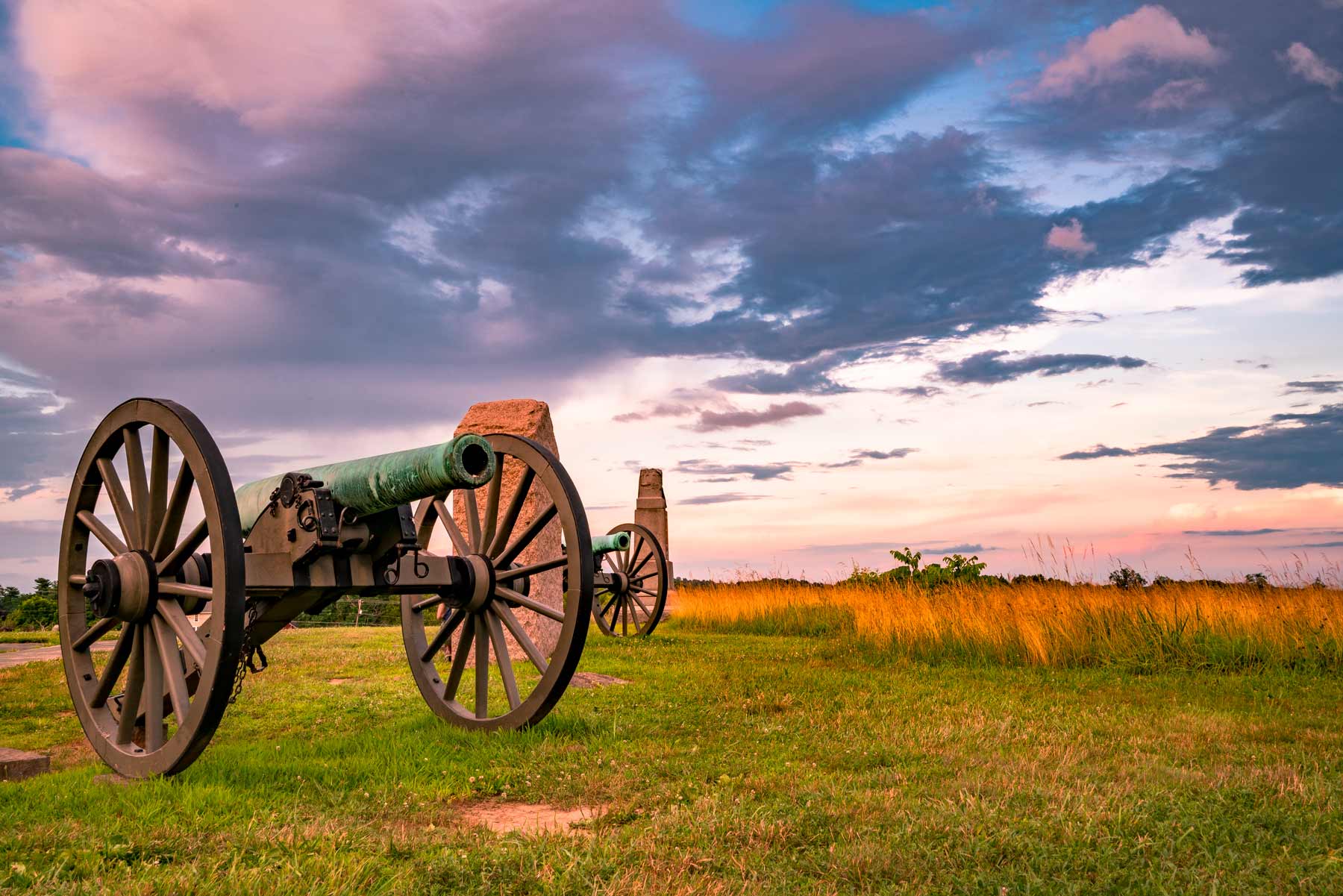

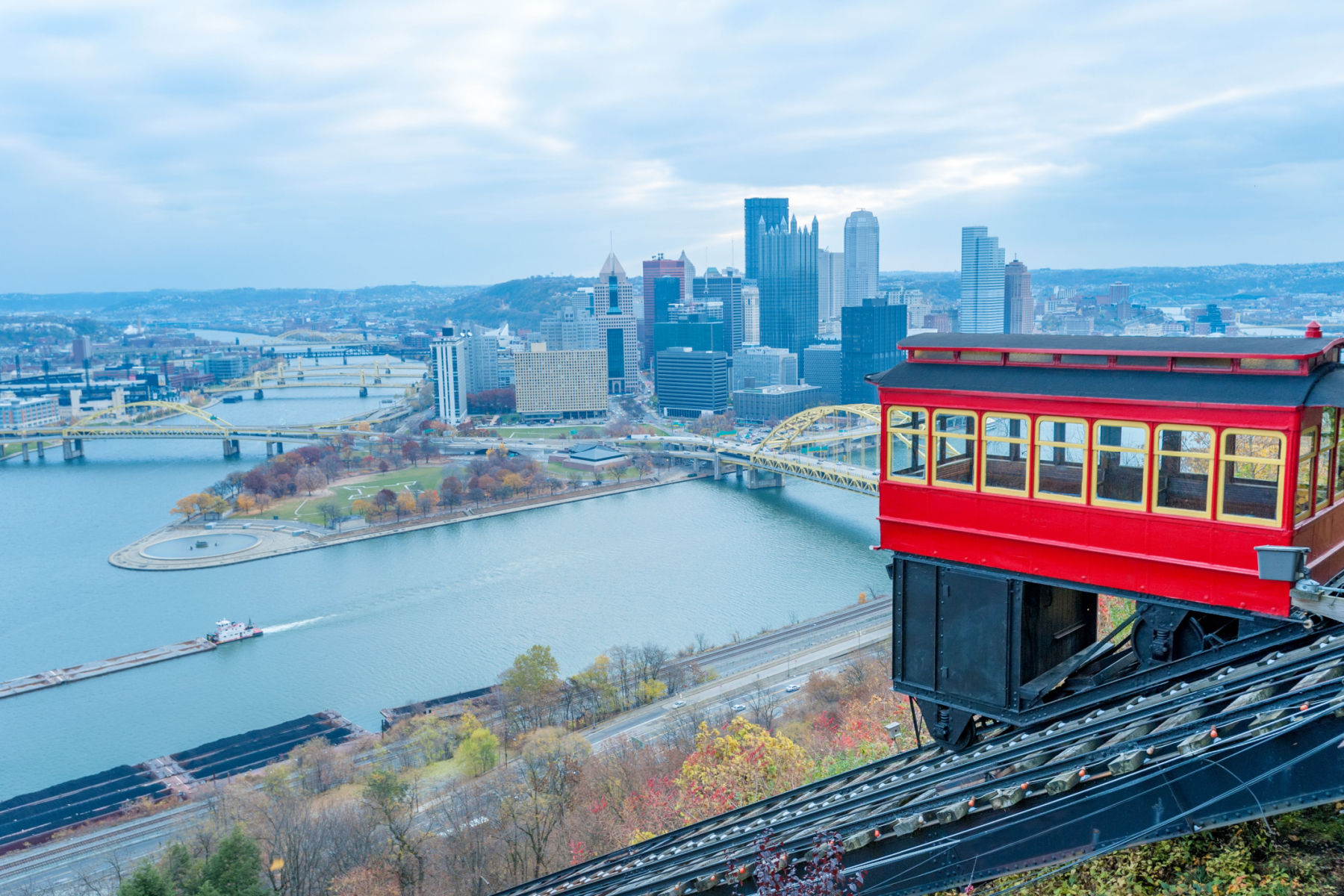
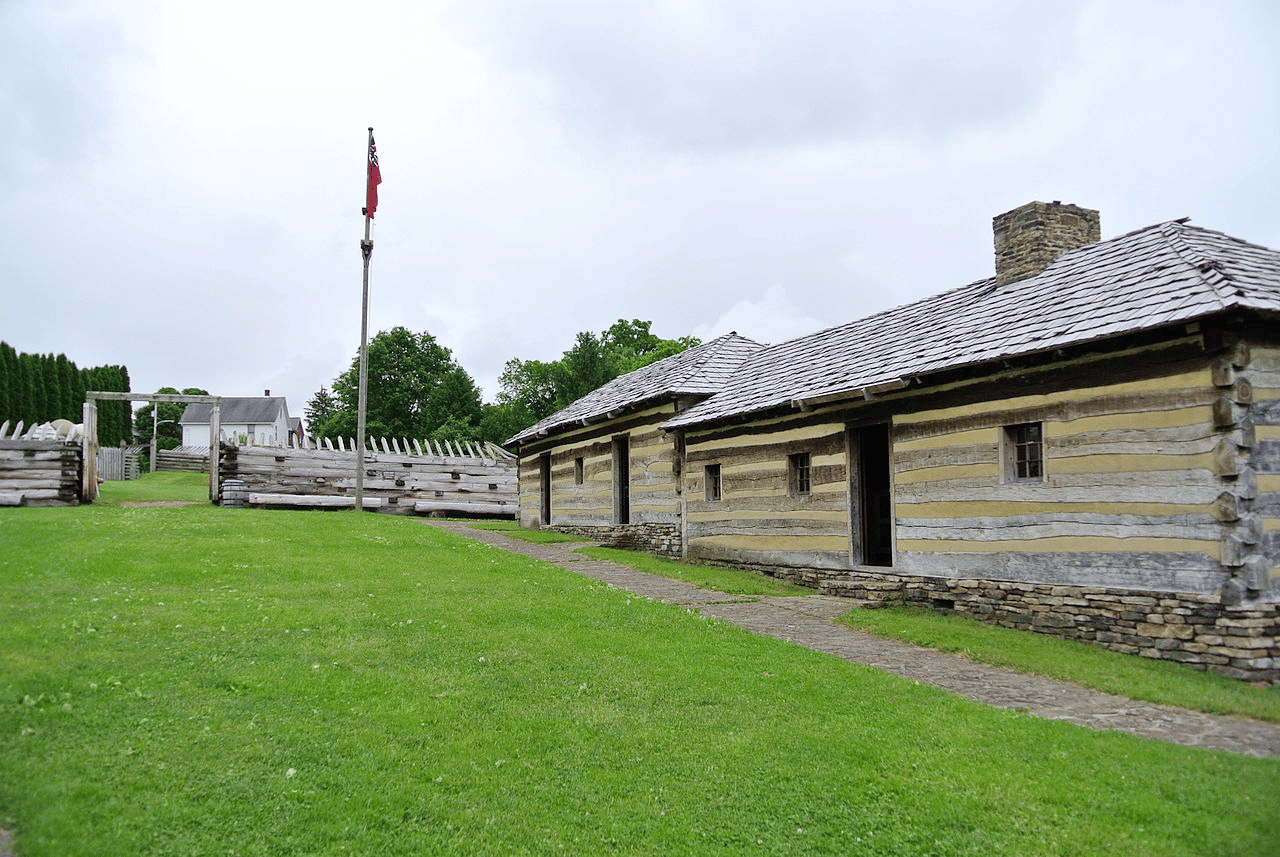
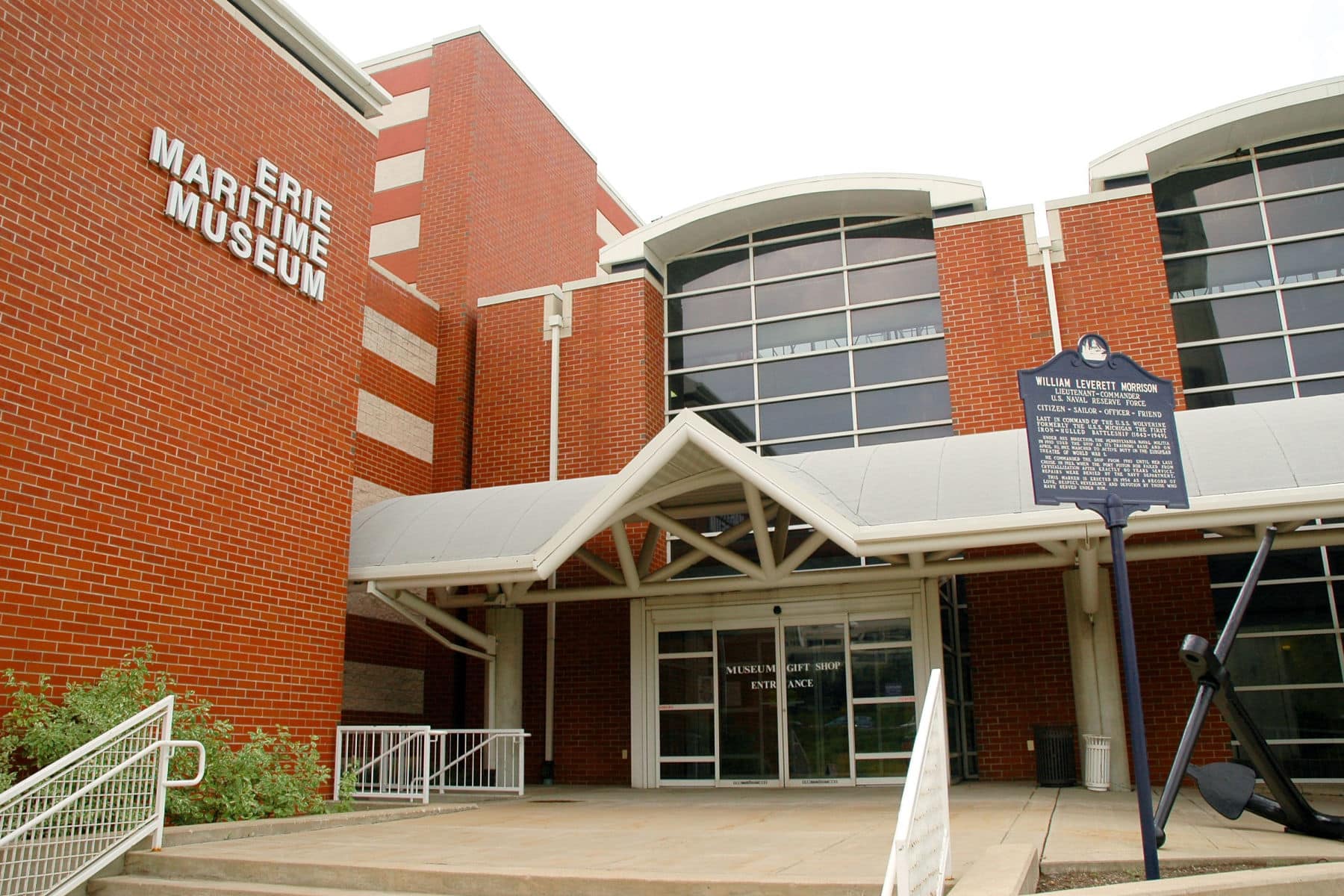
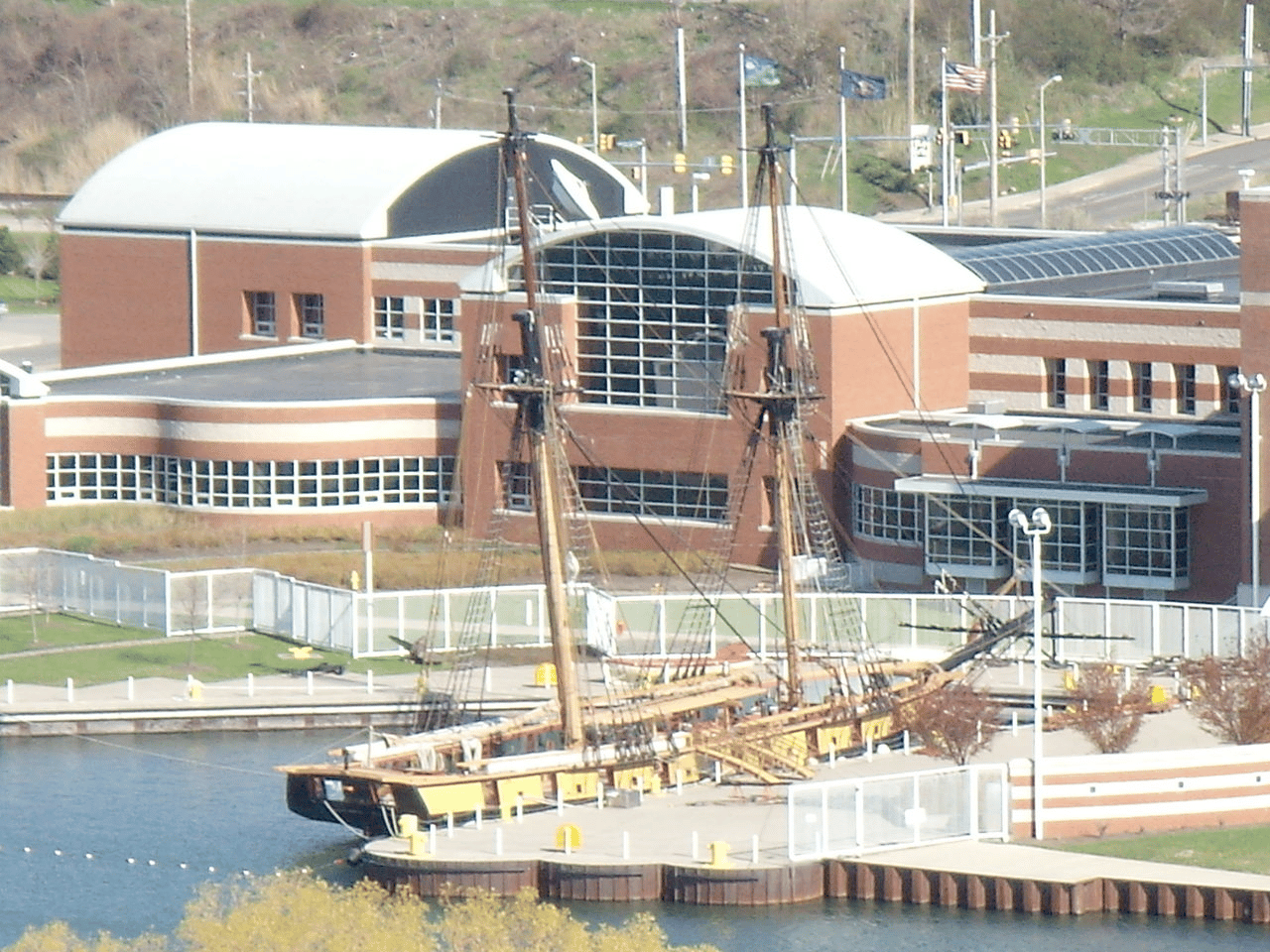
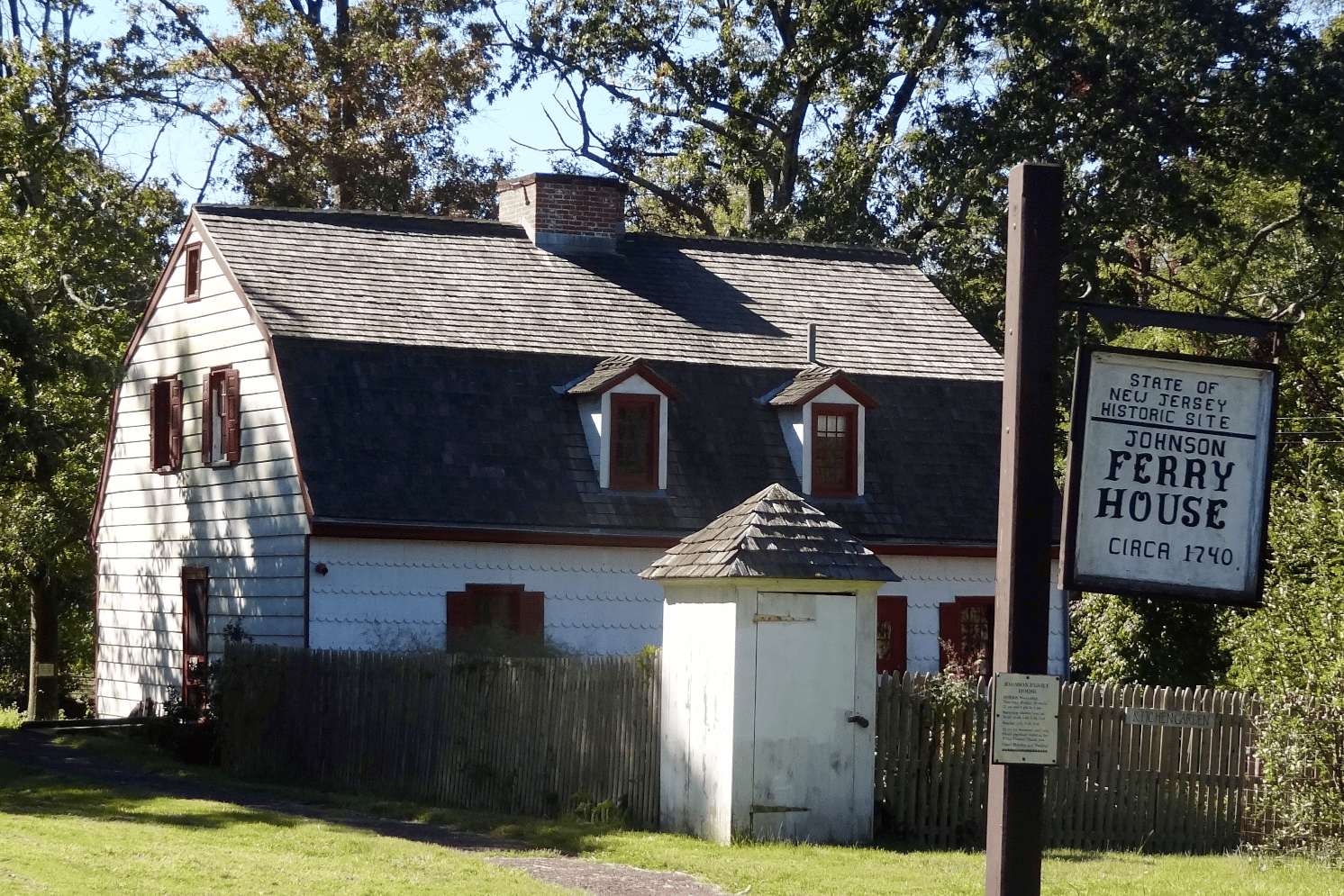
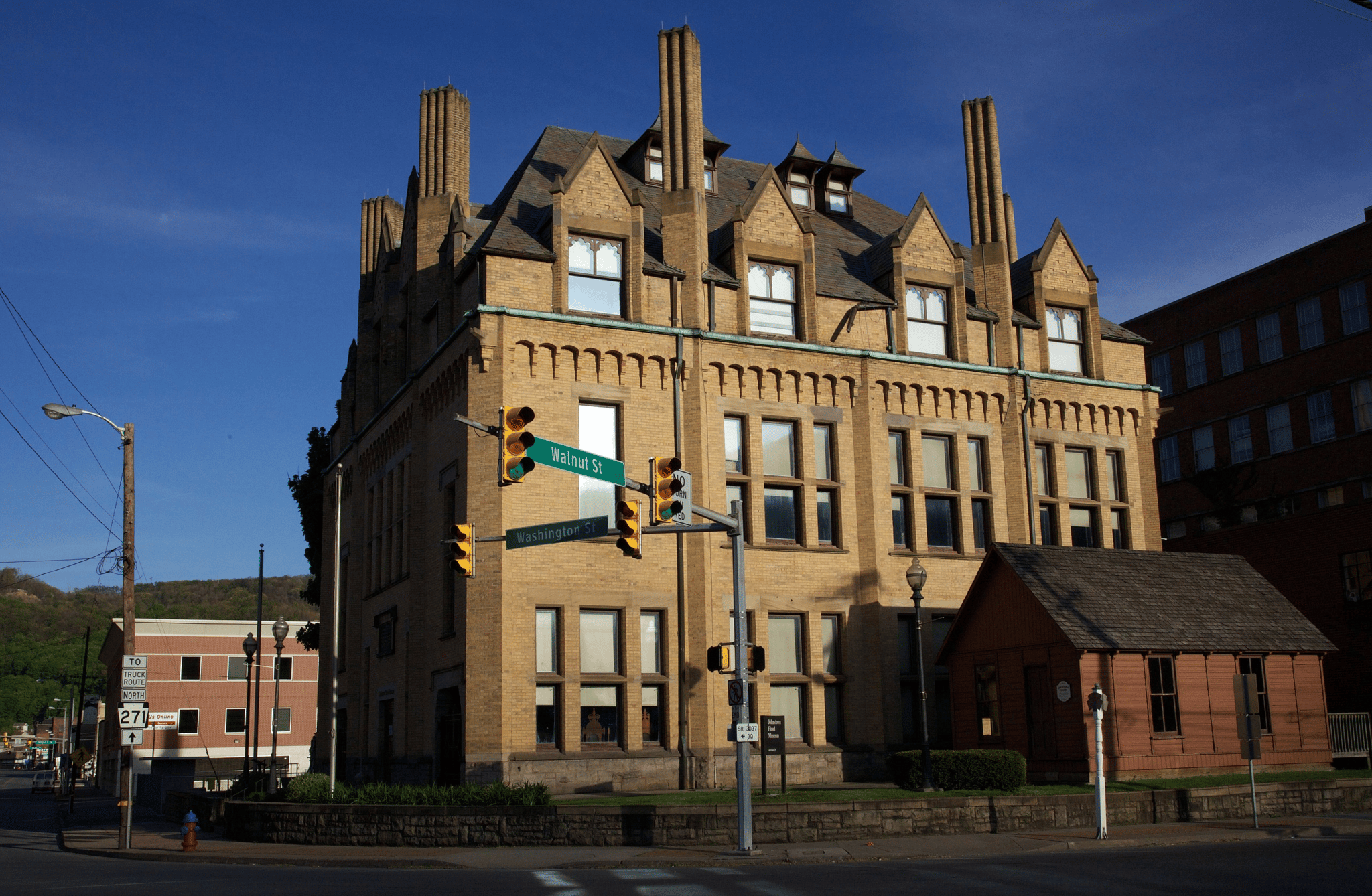
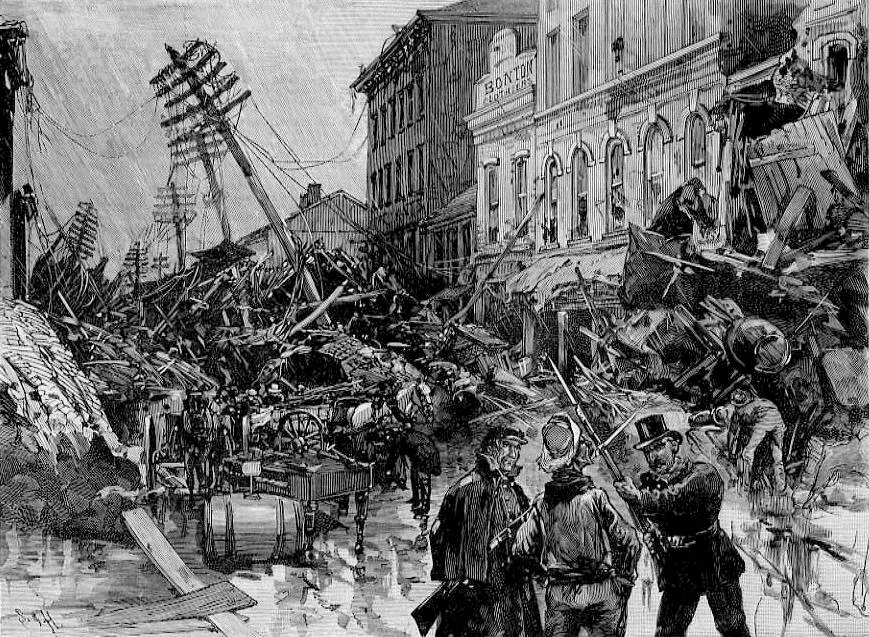
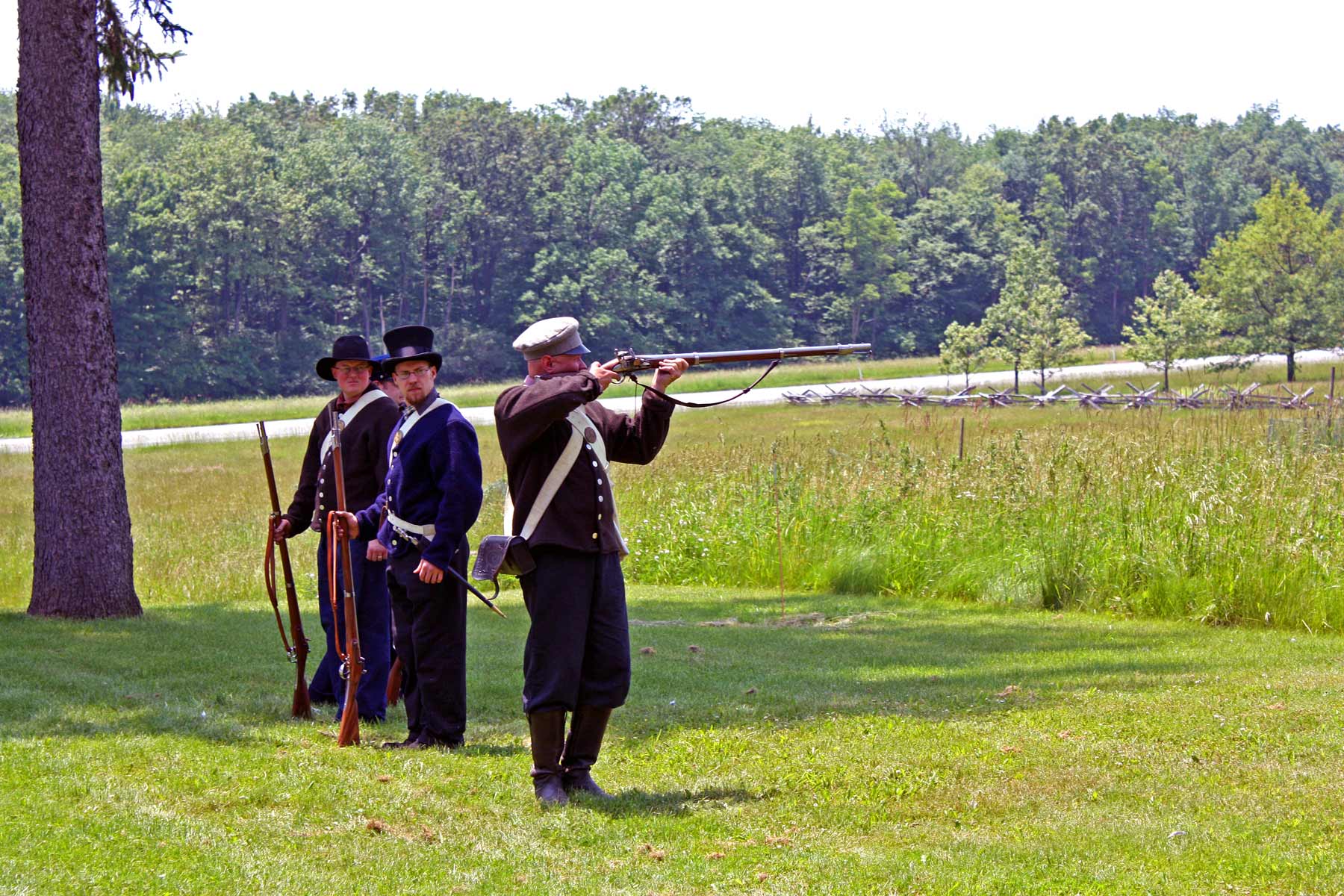
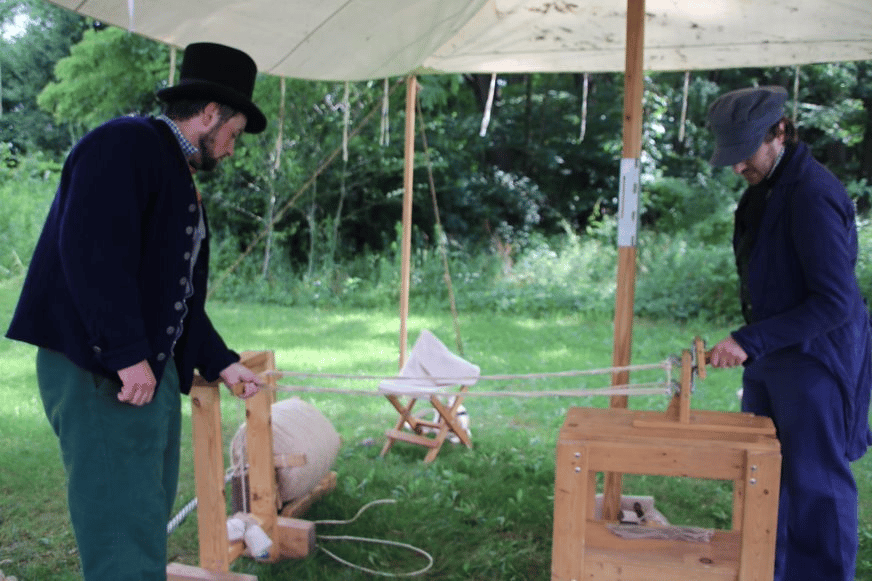

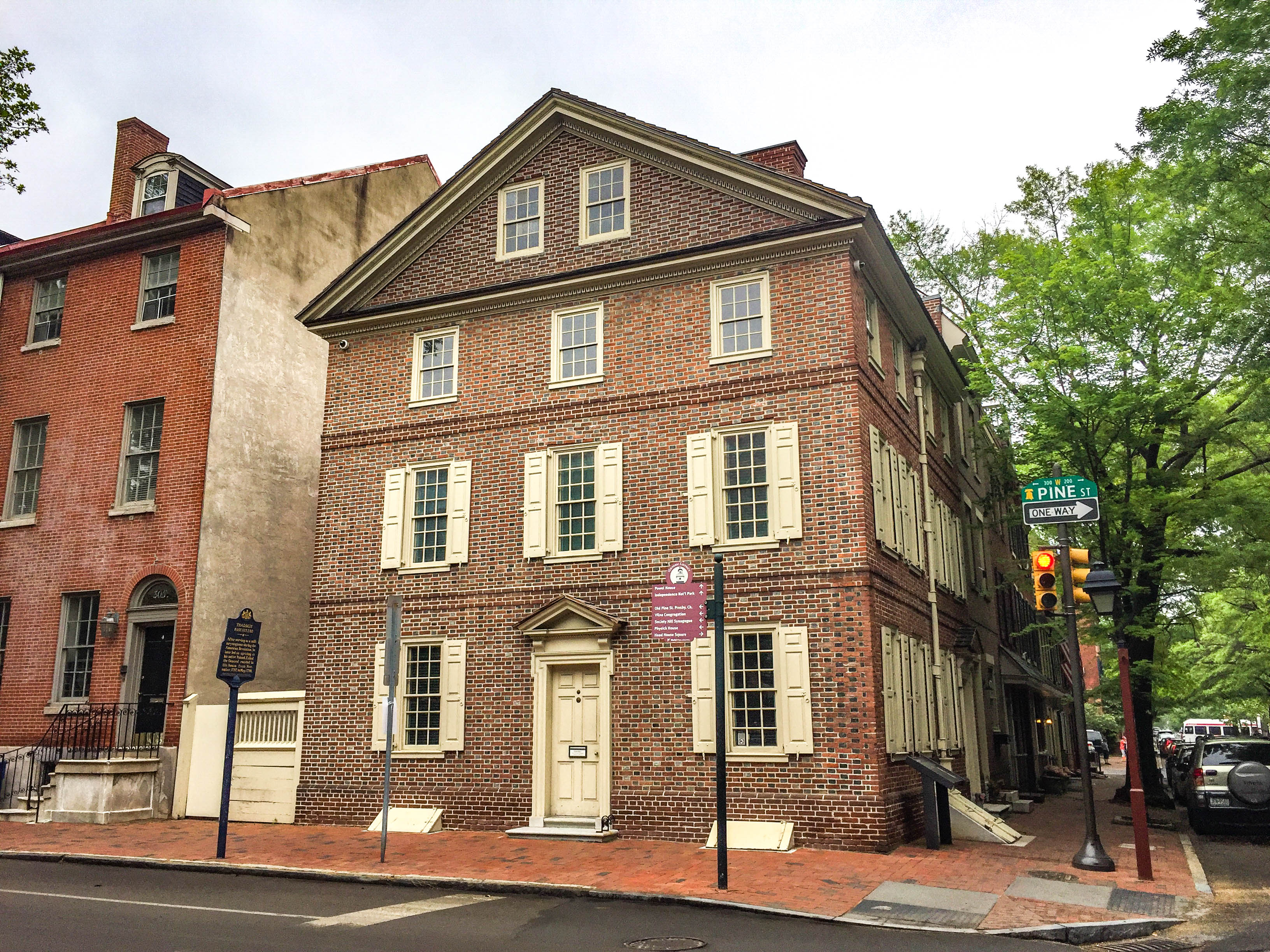
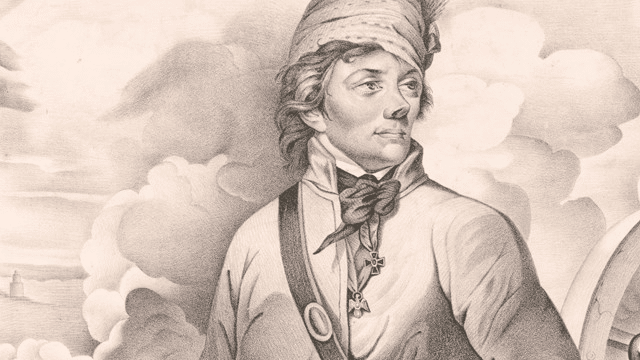
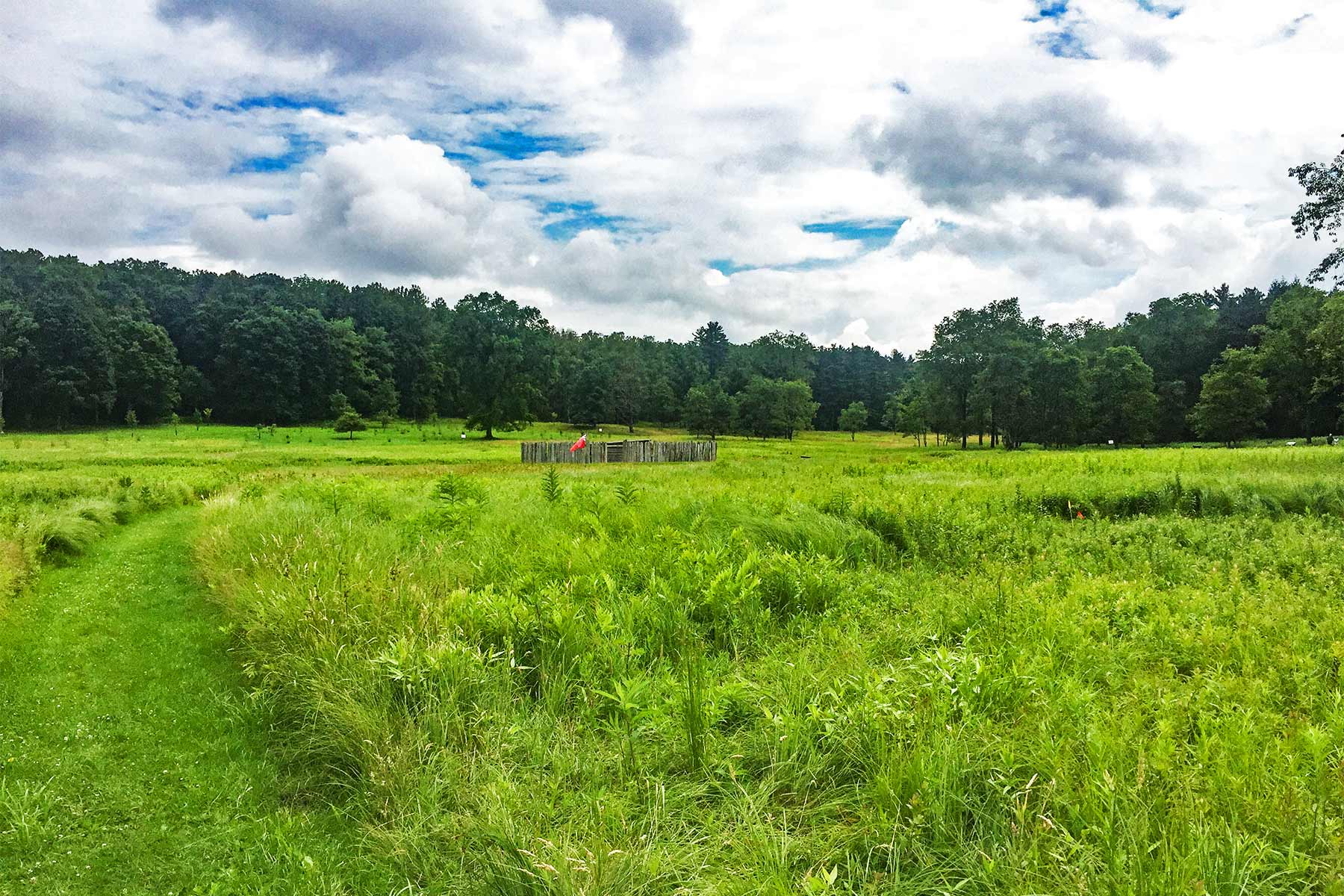
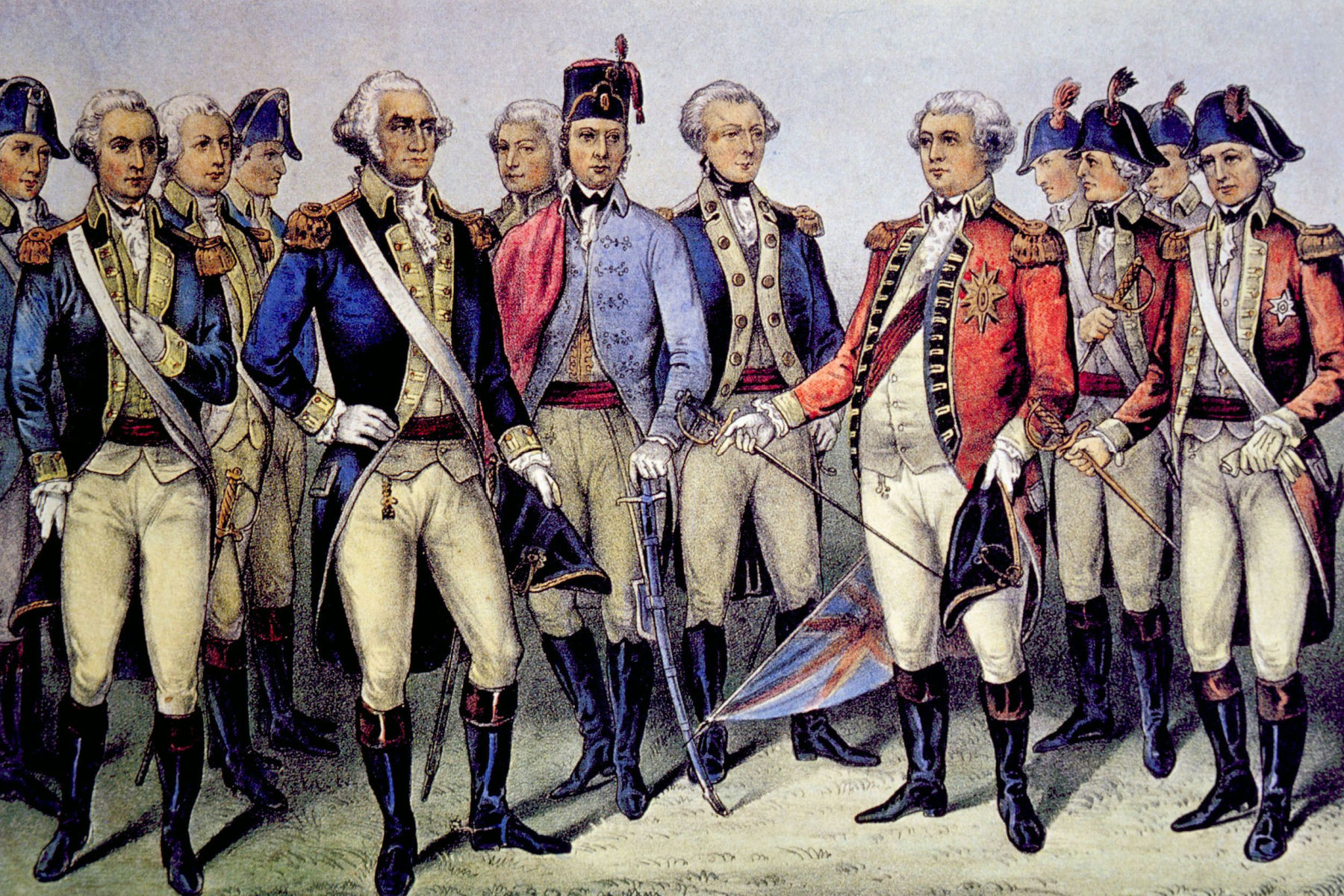
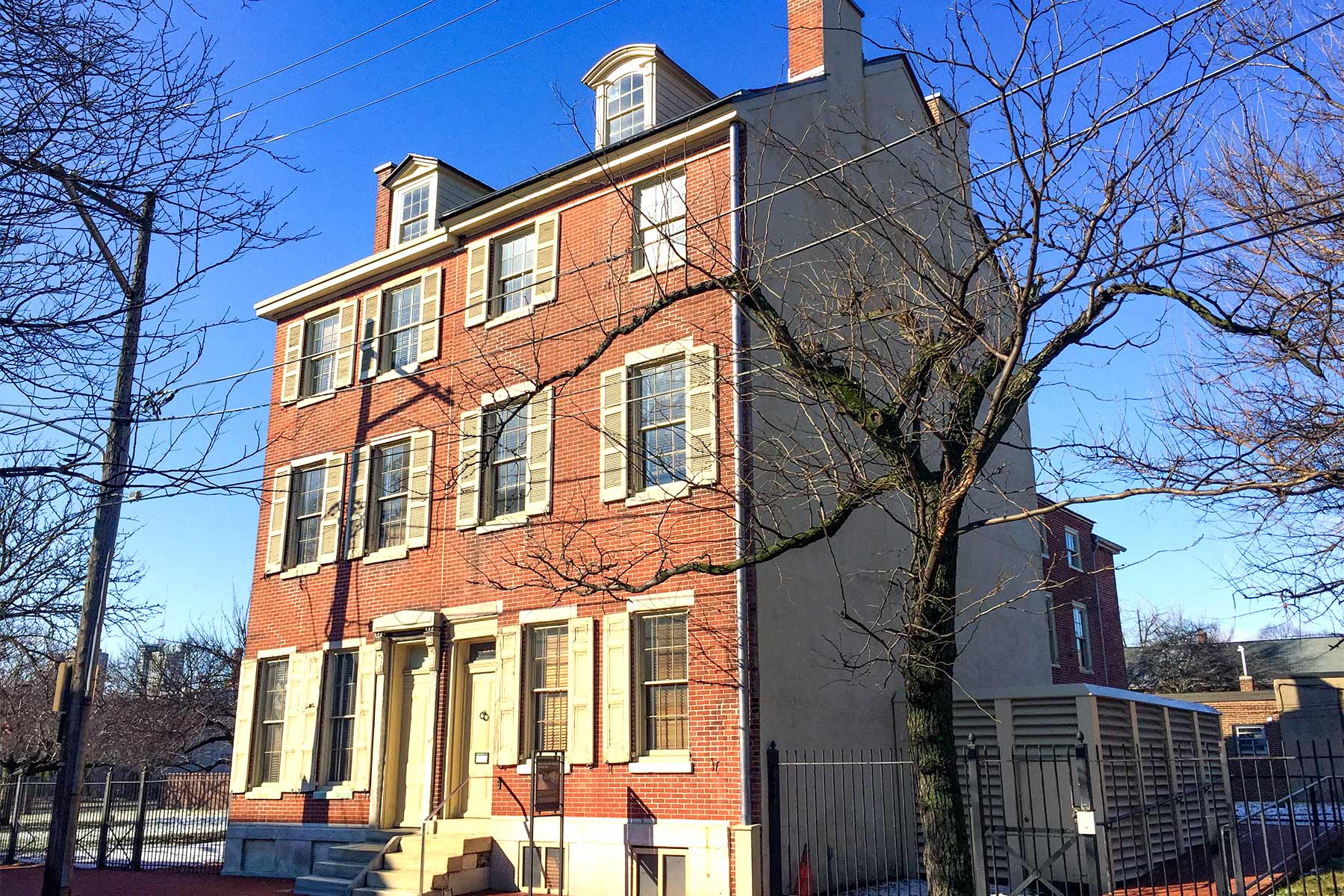
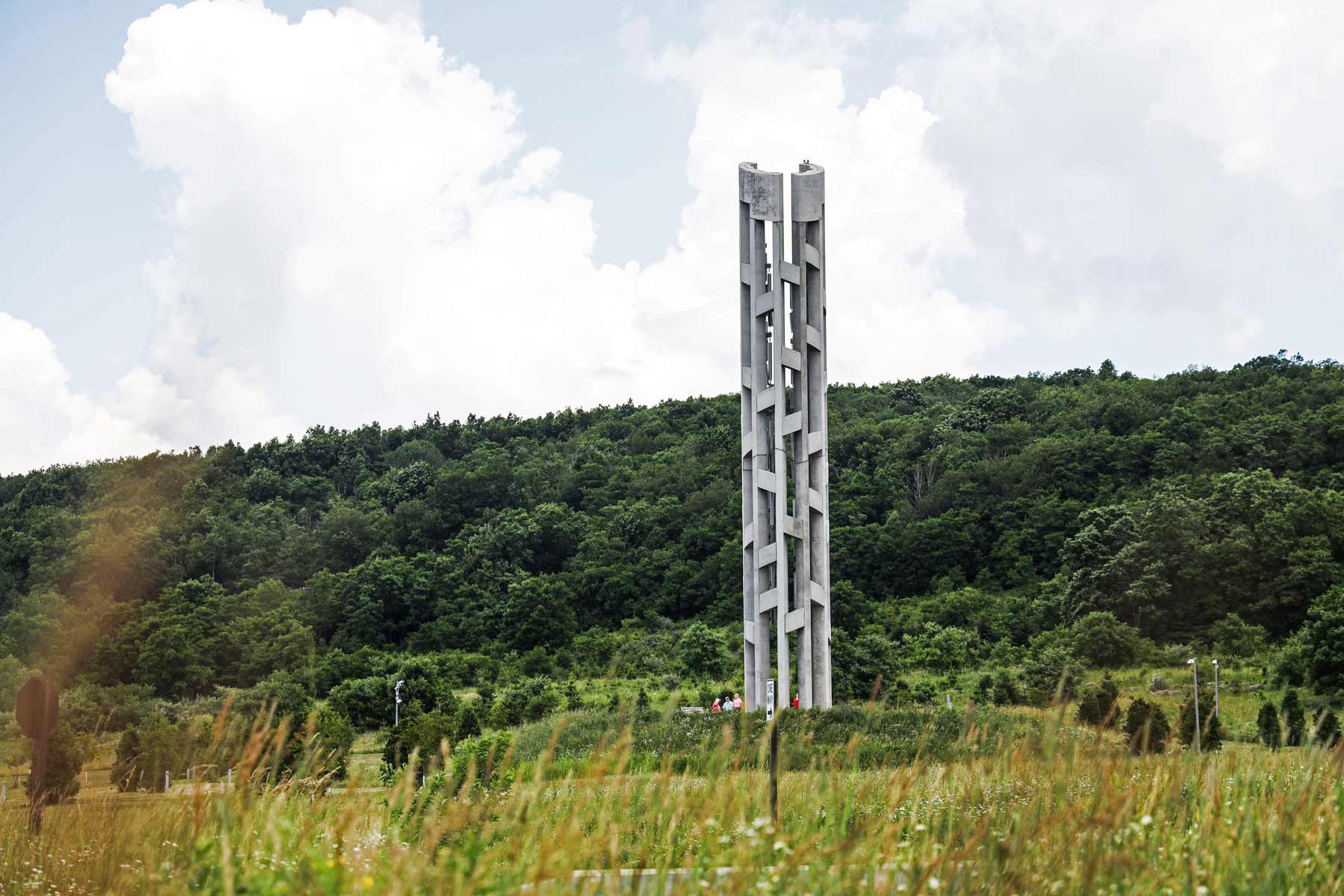
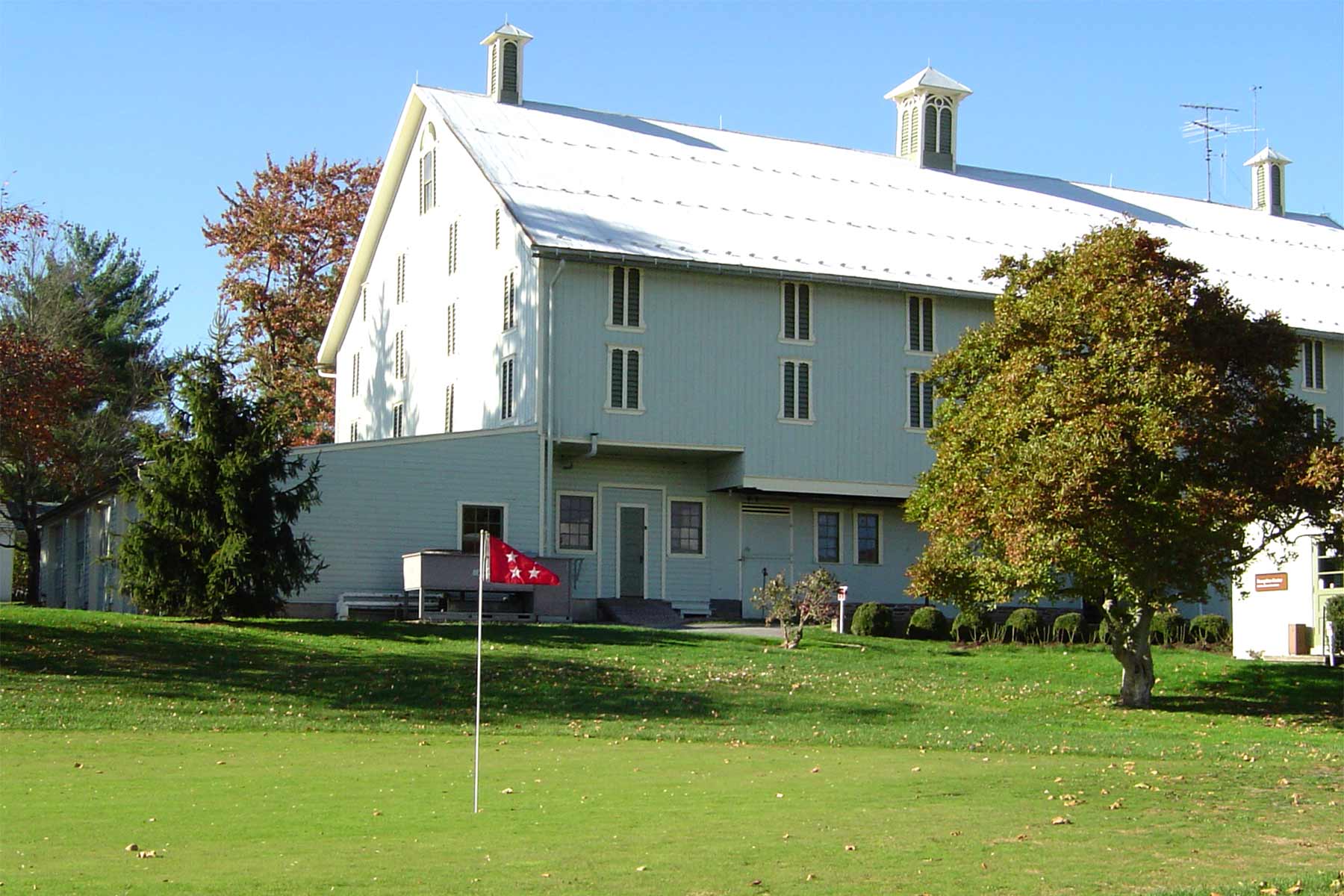

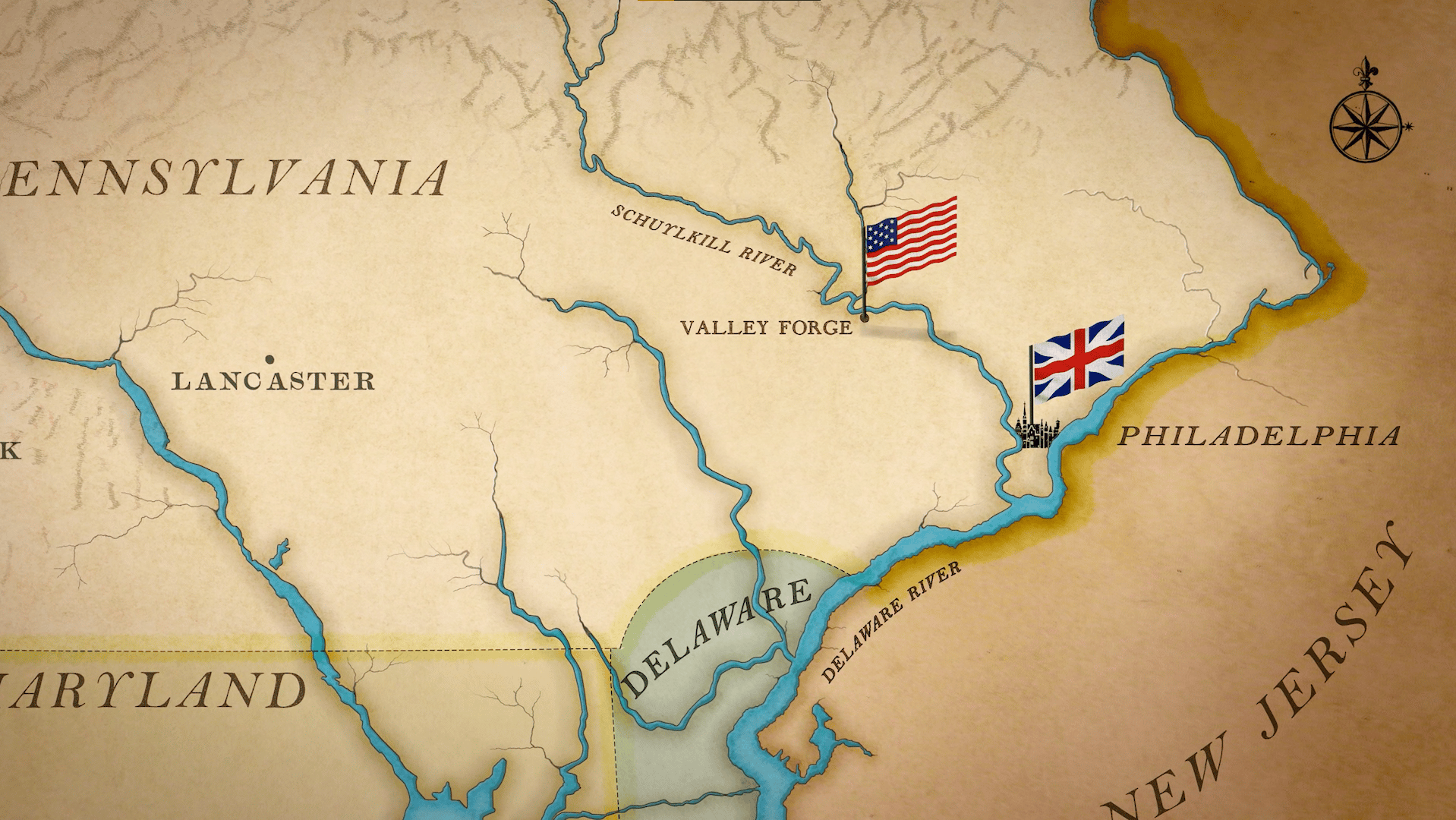
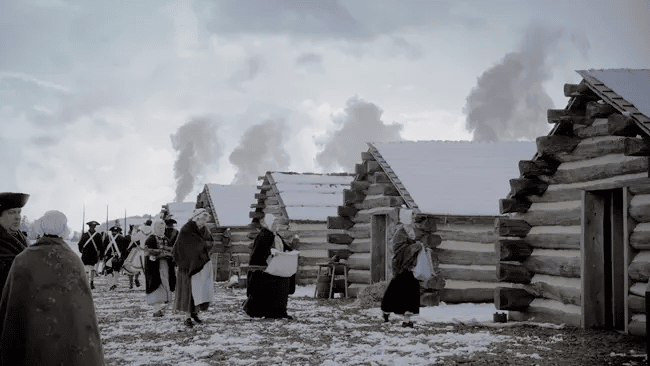
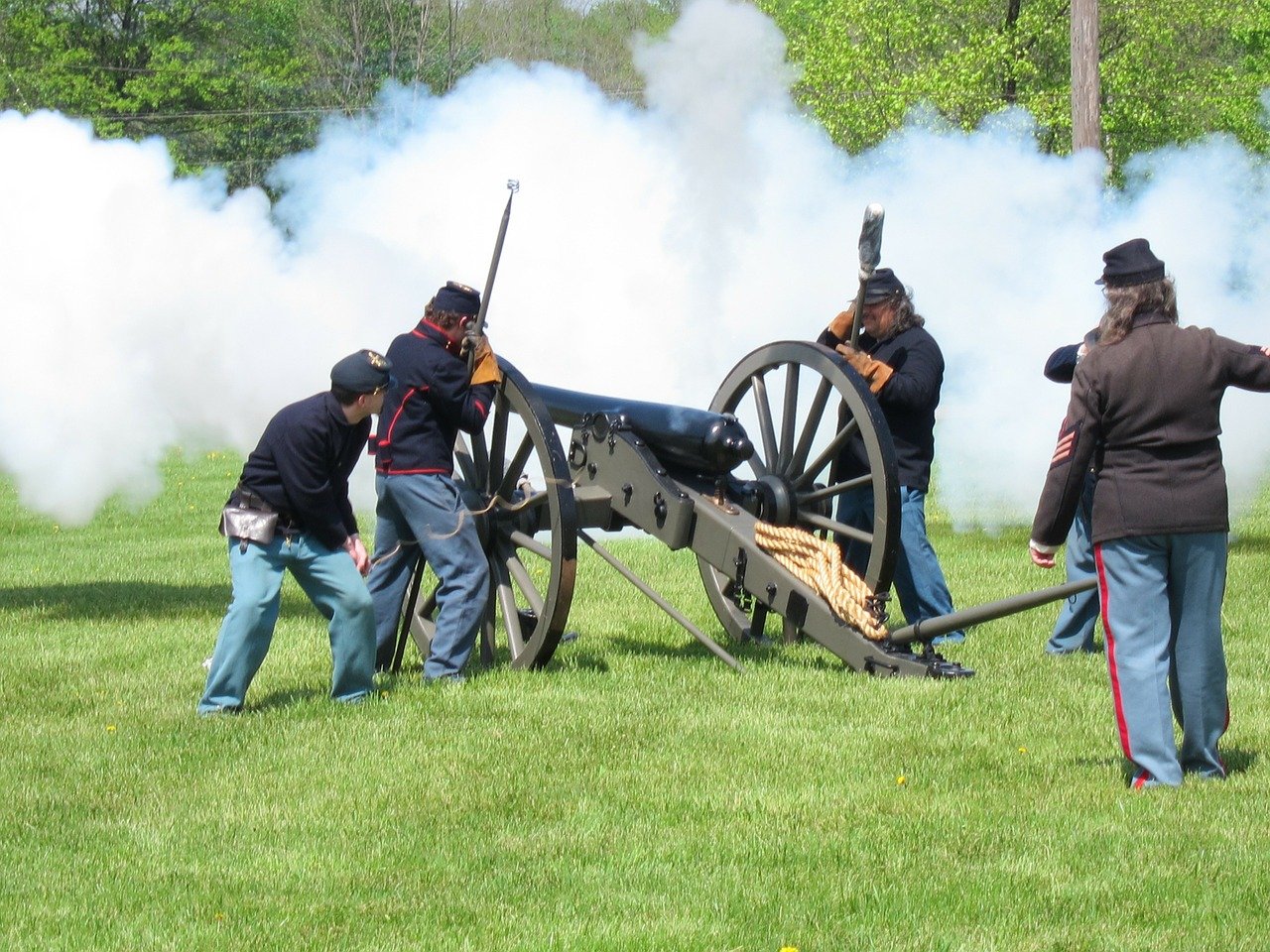
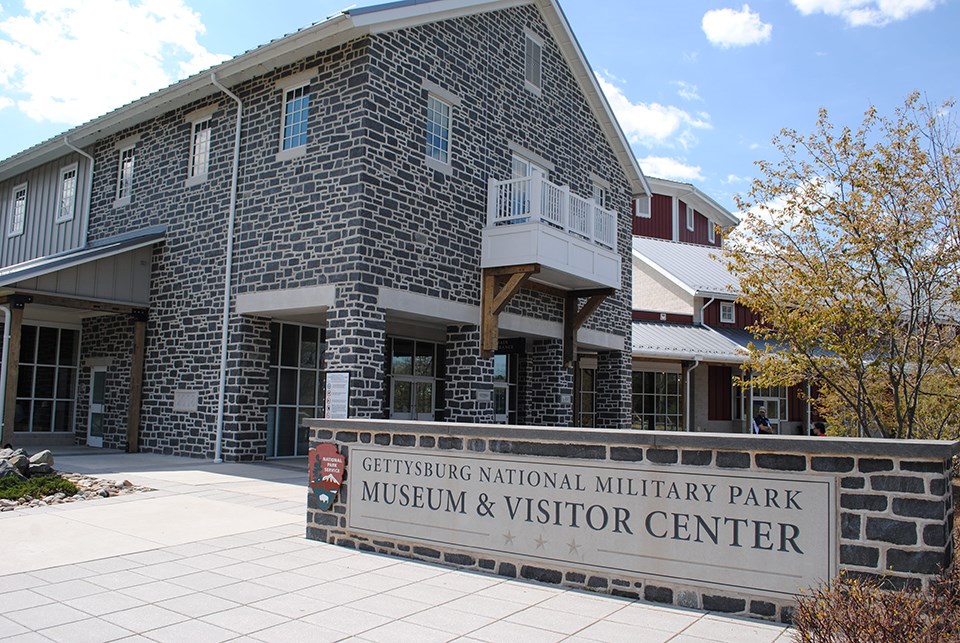
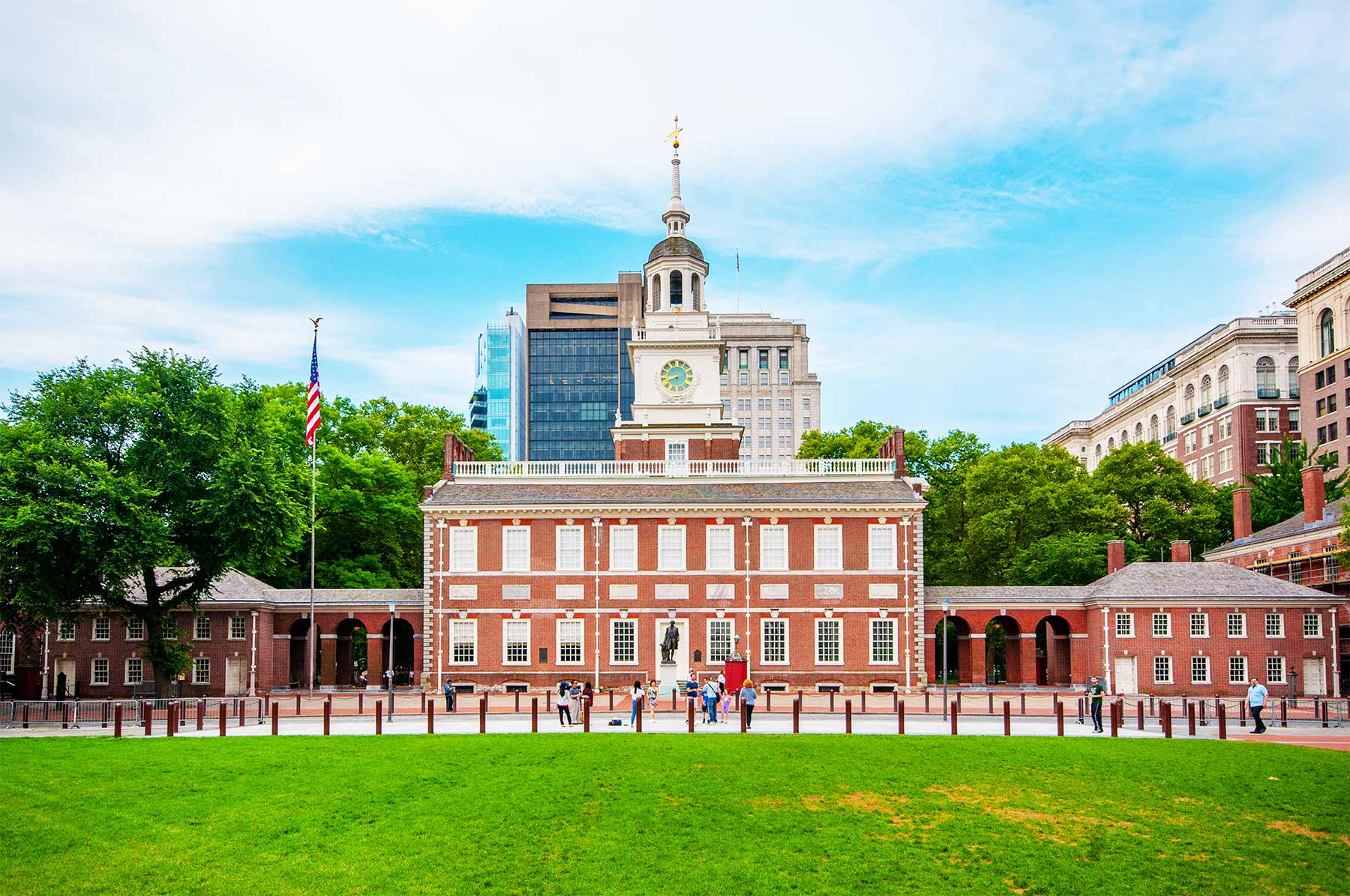
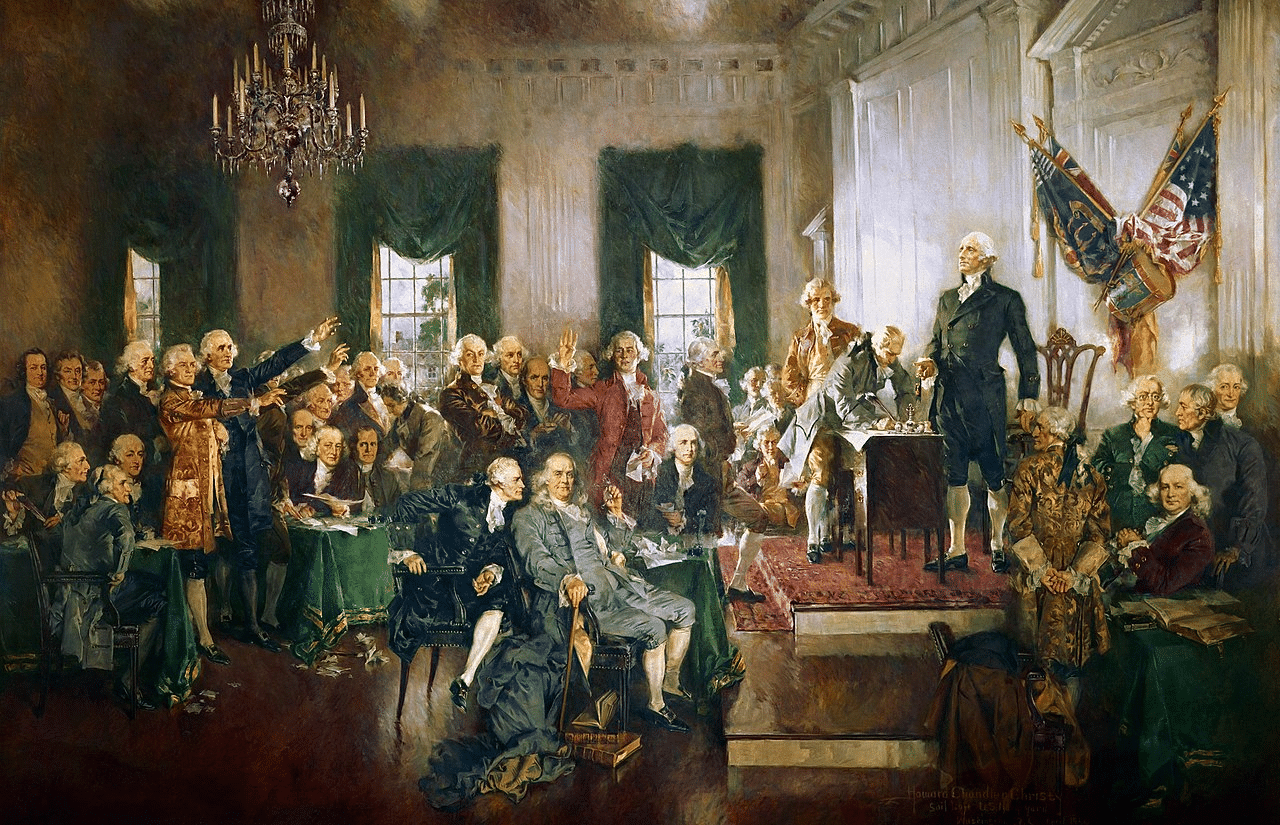
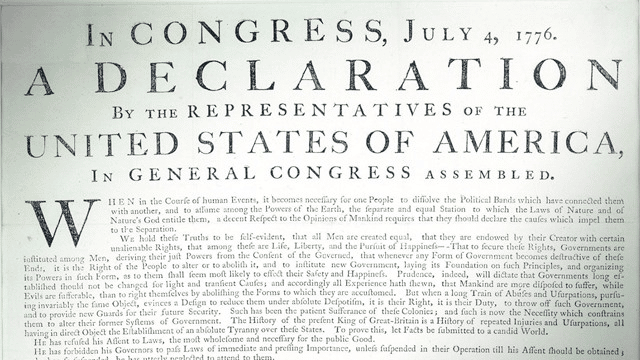
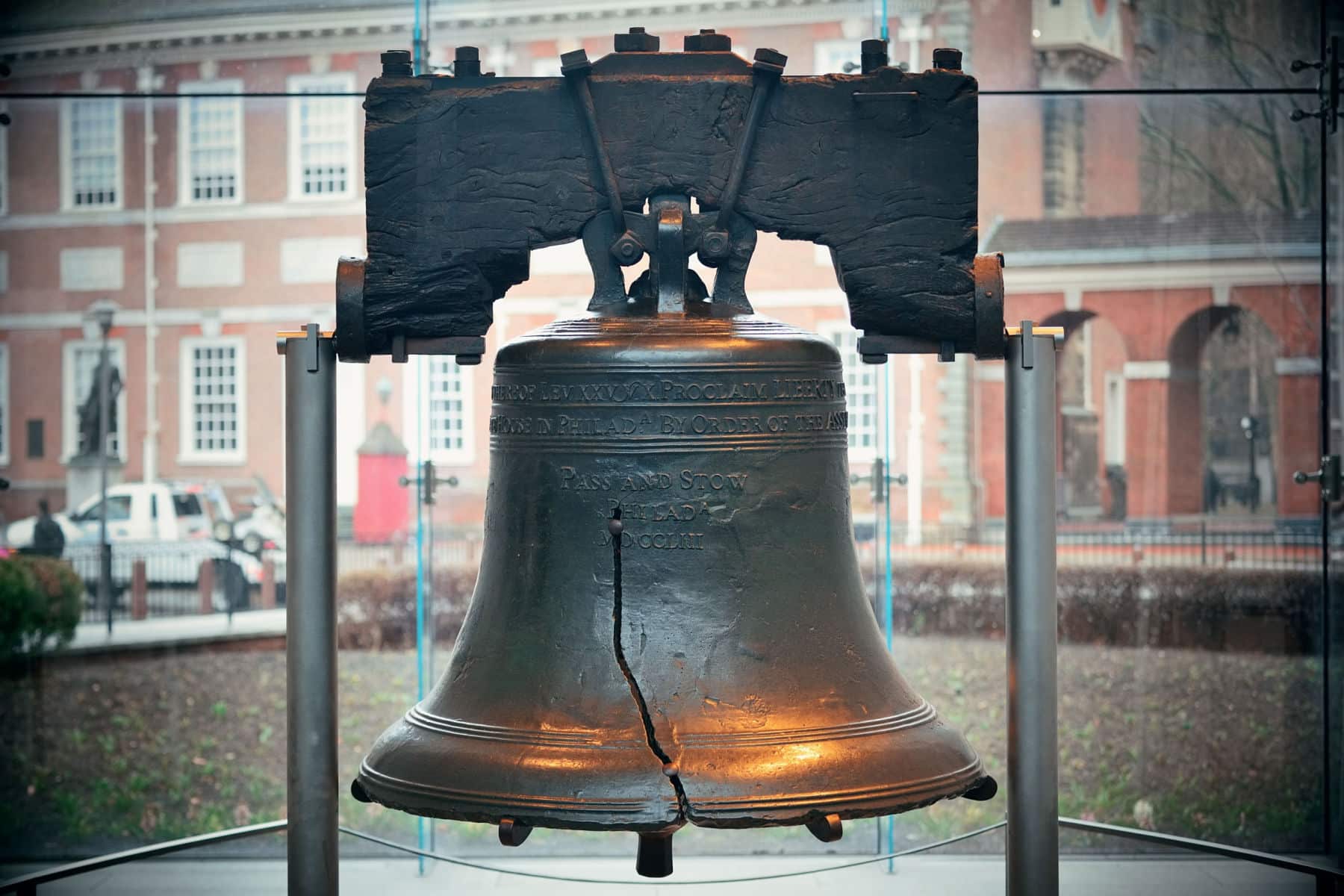
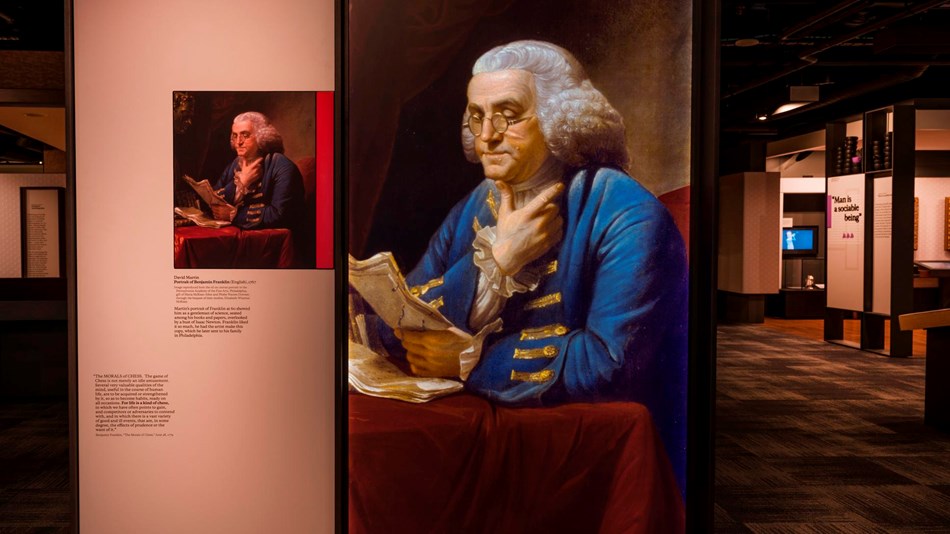


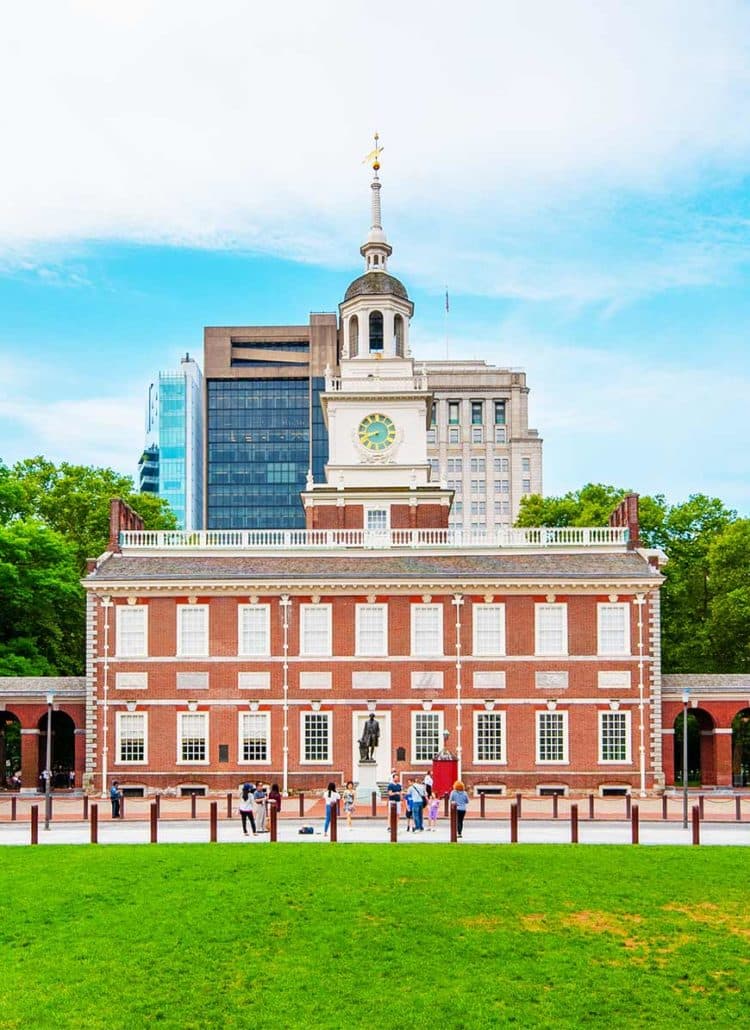
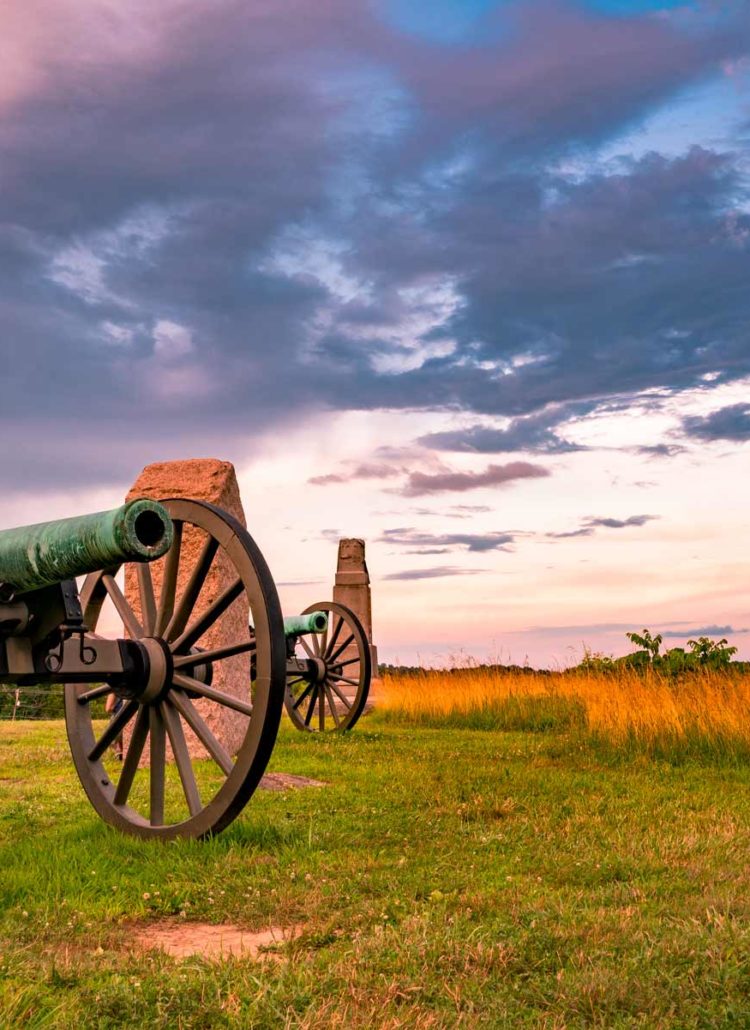
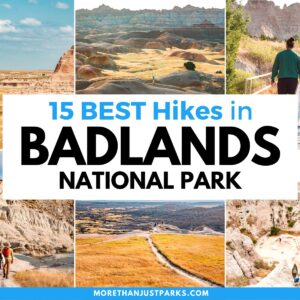

Leave a Reply